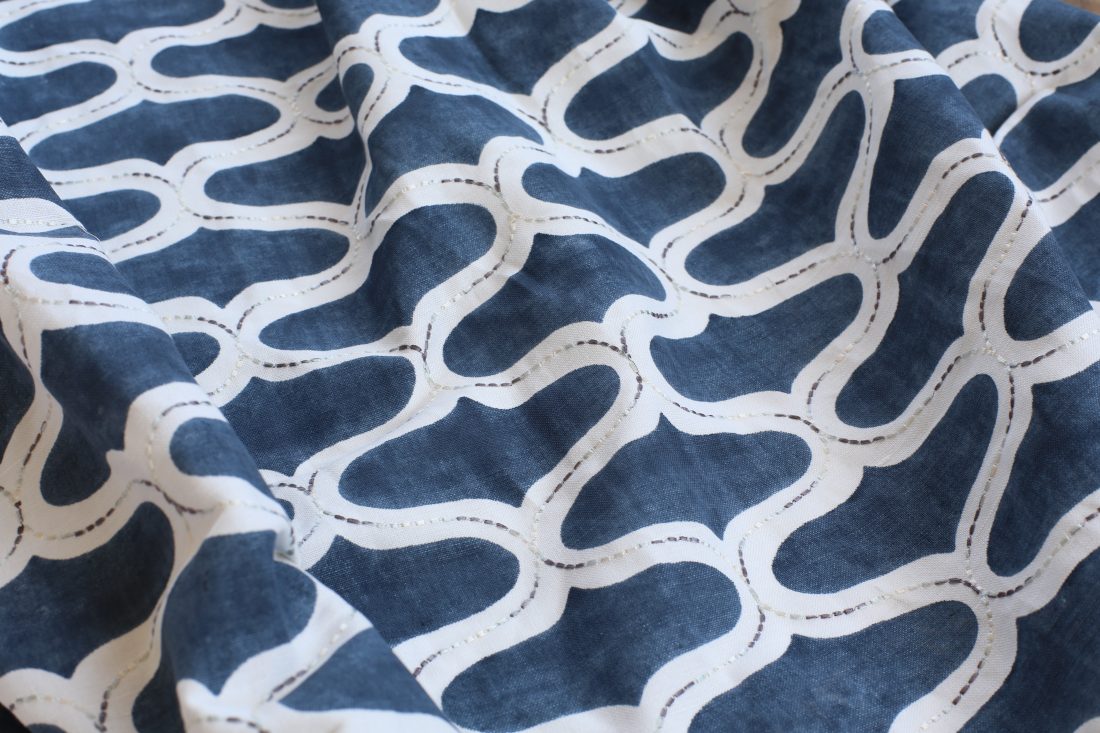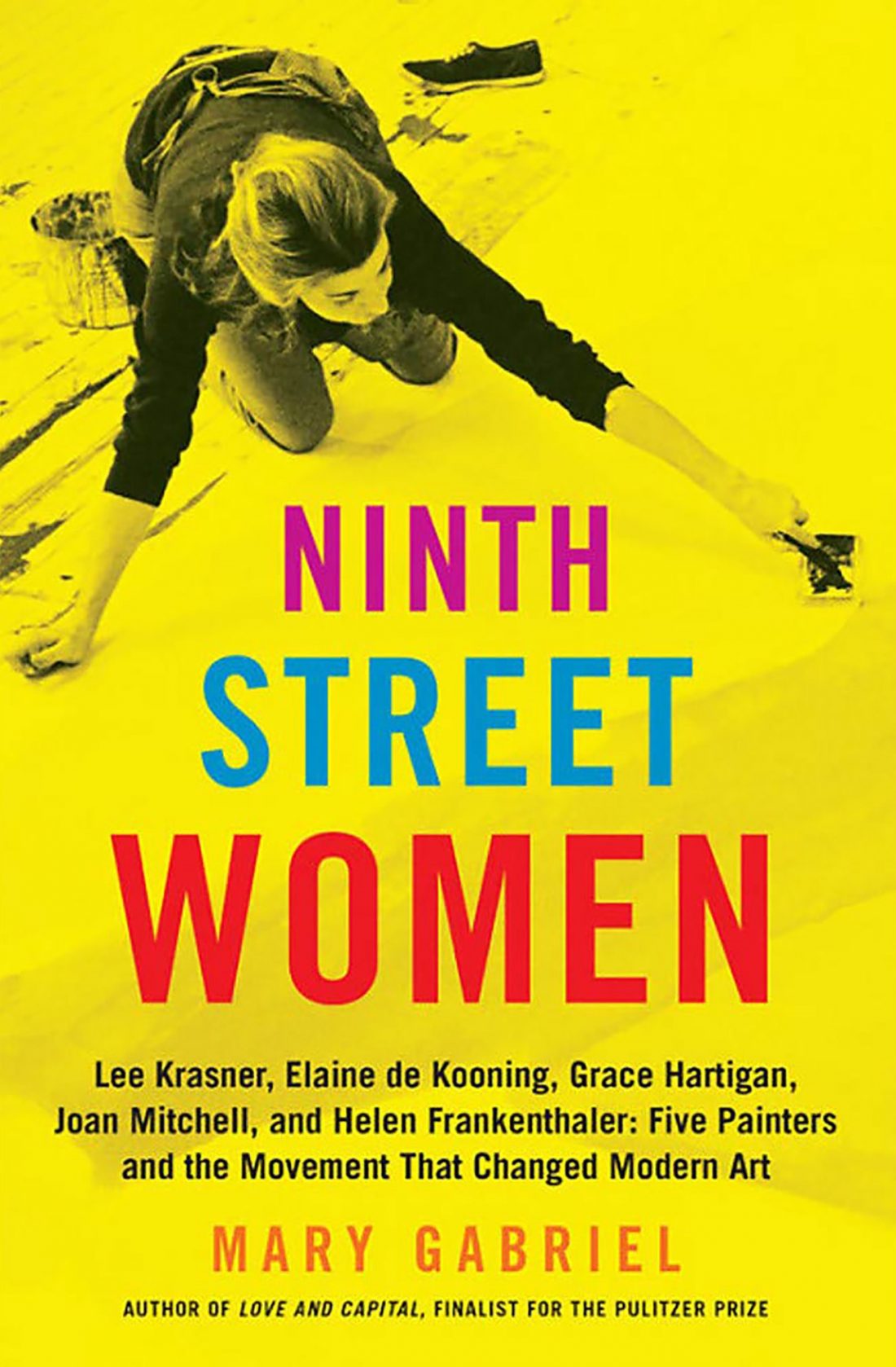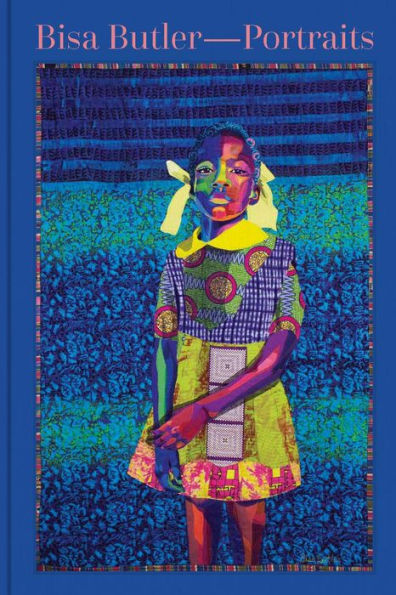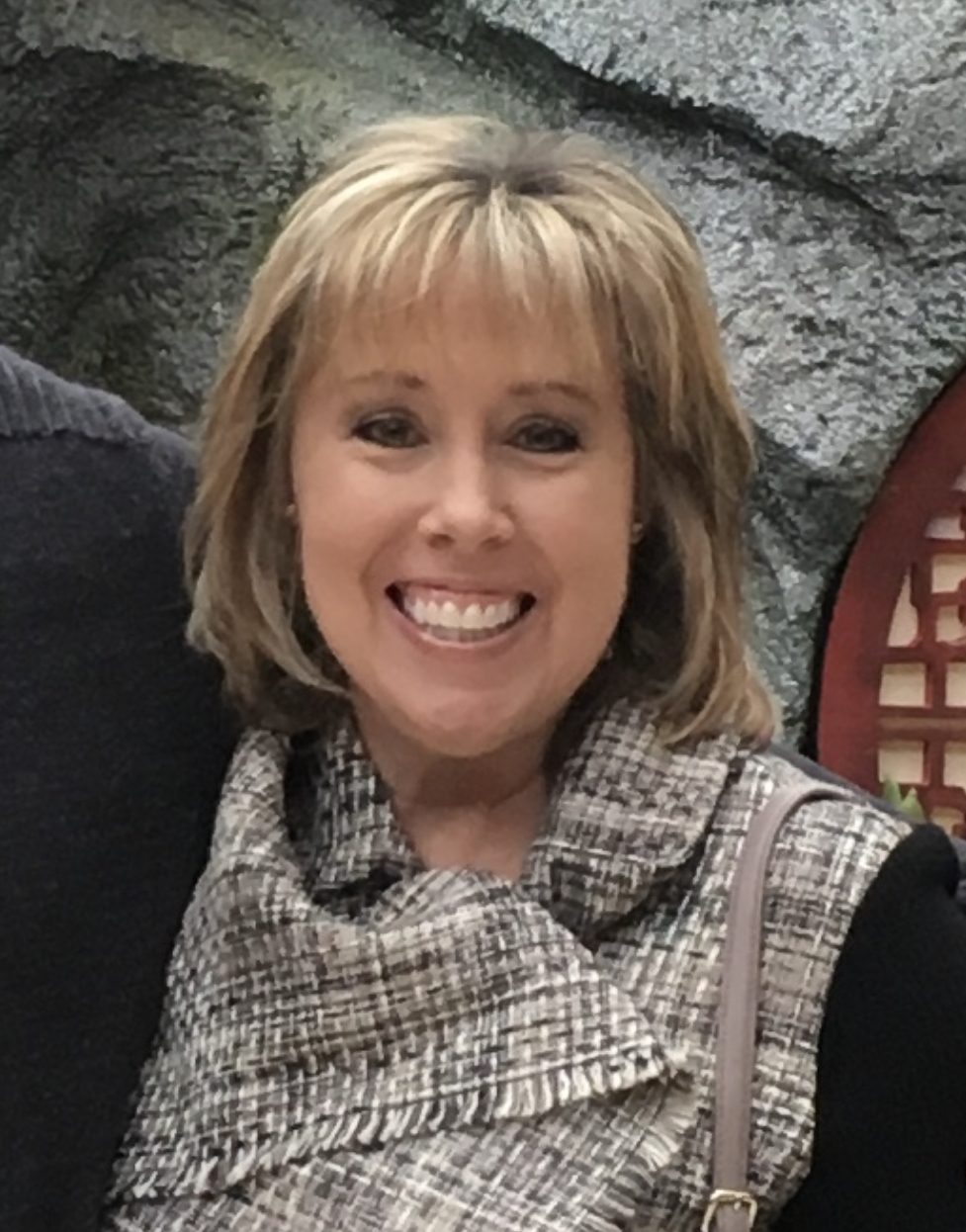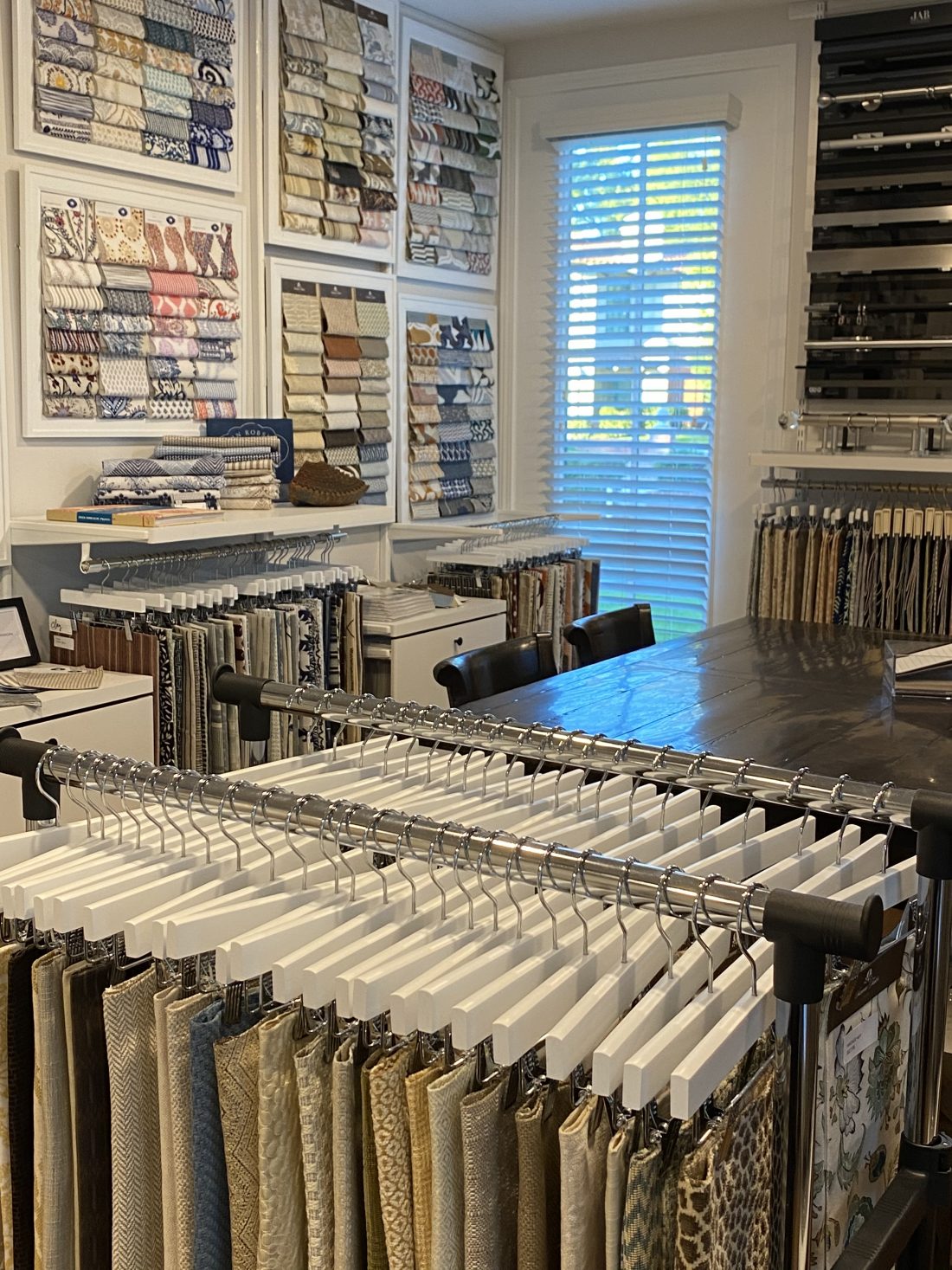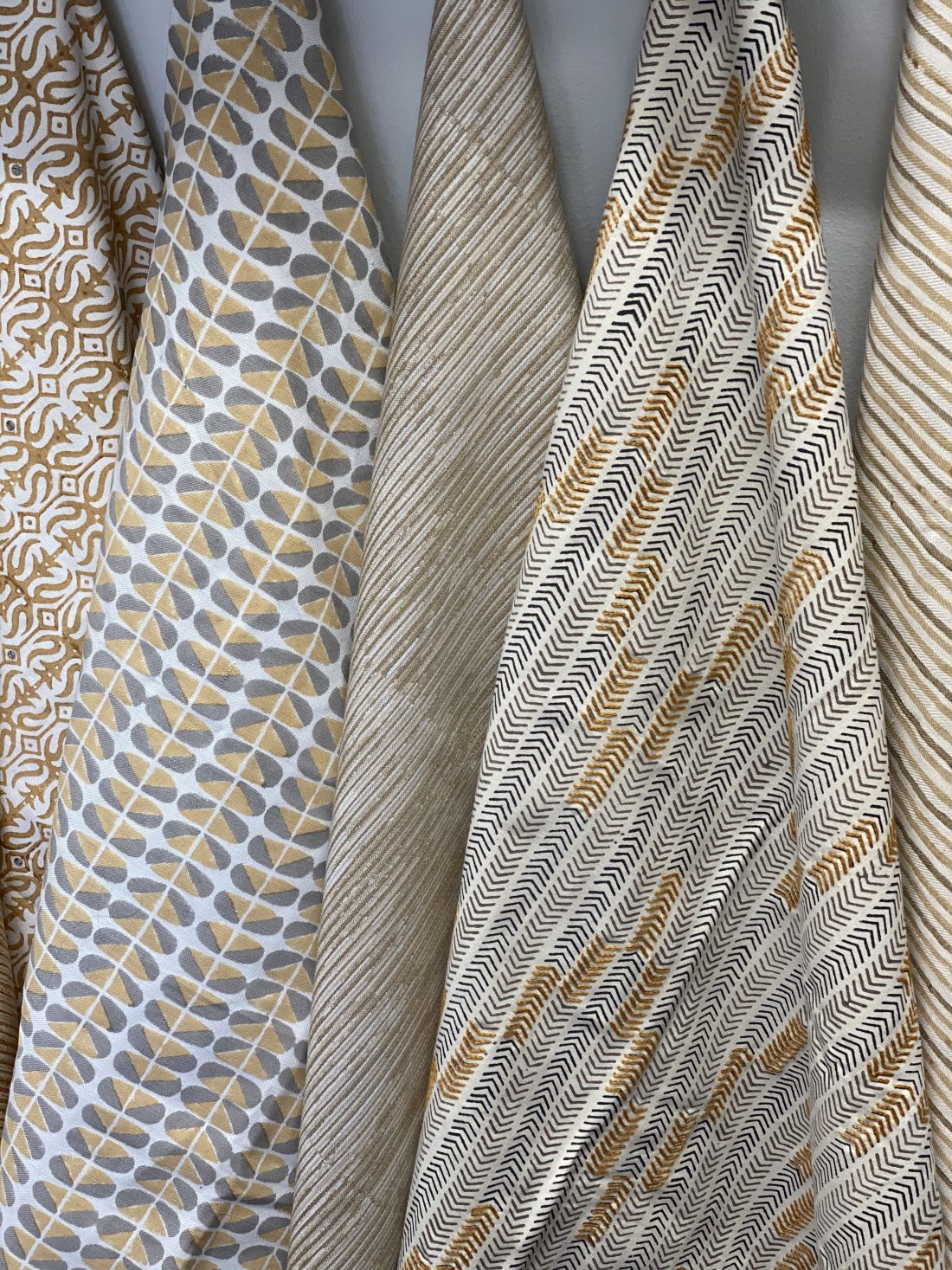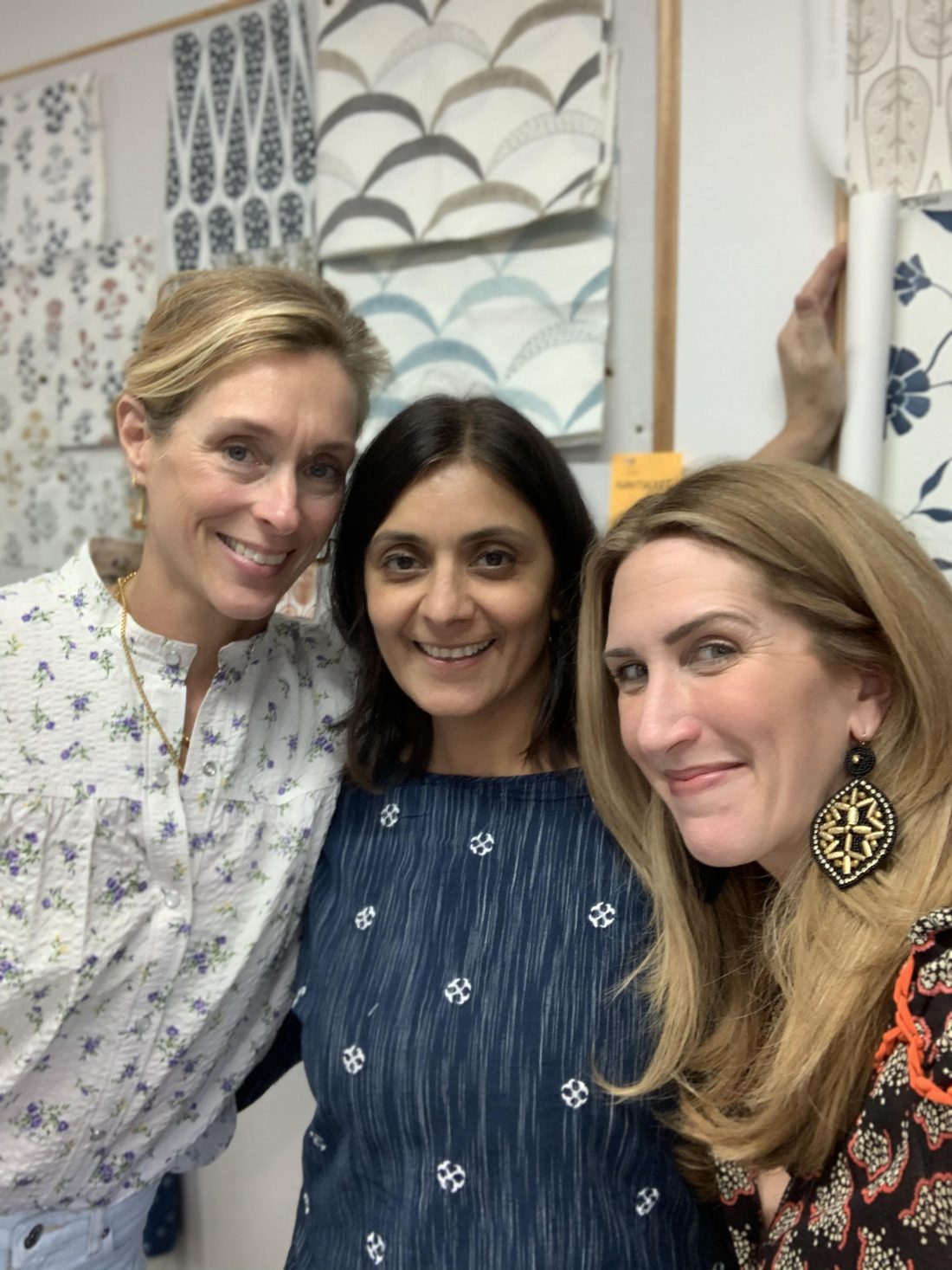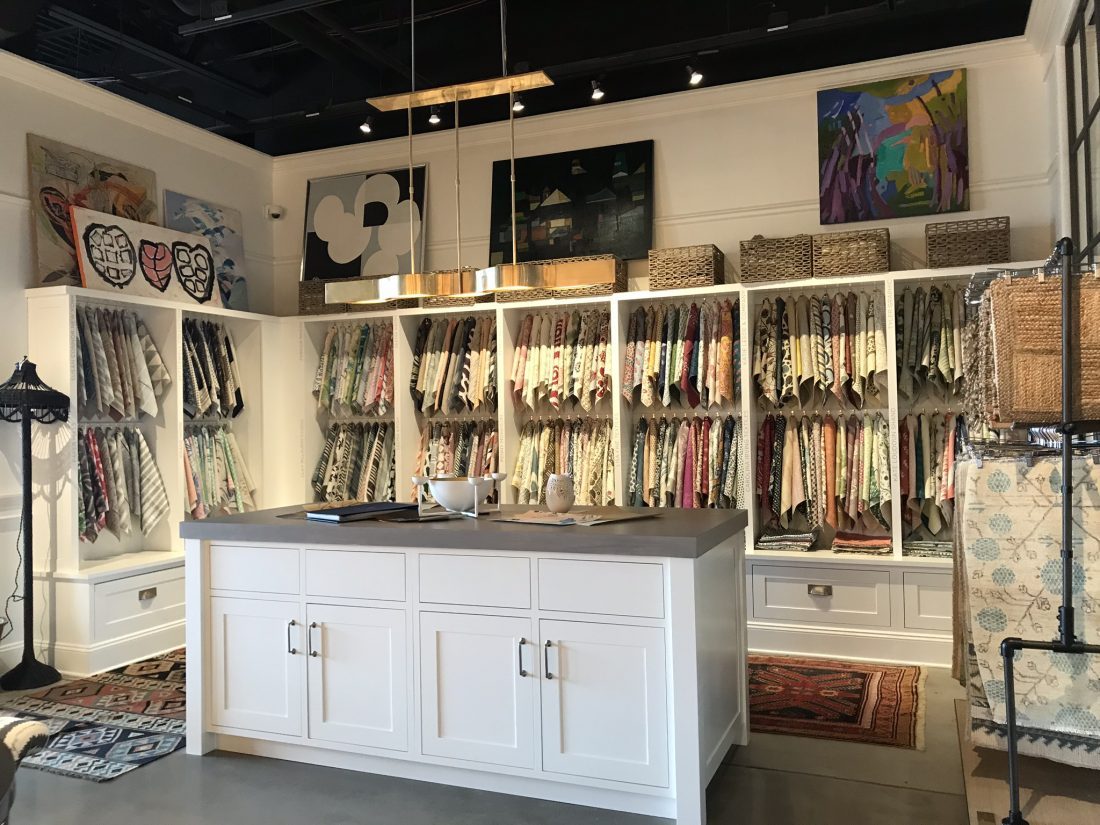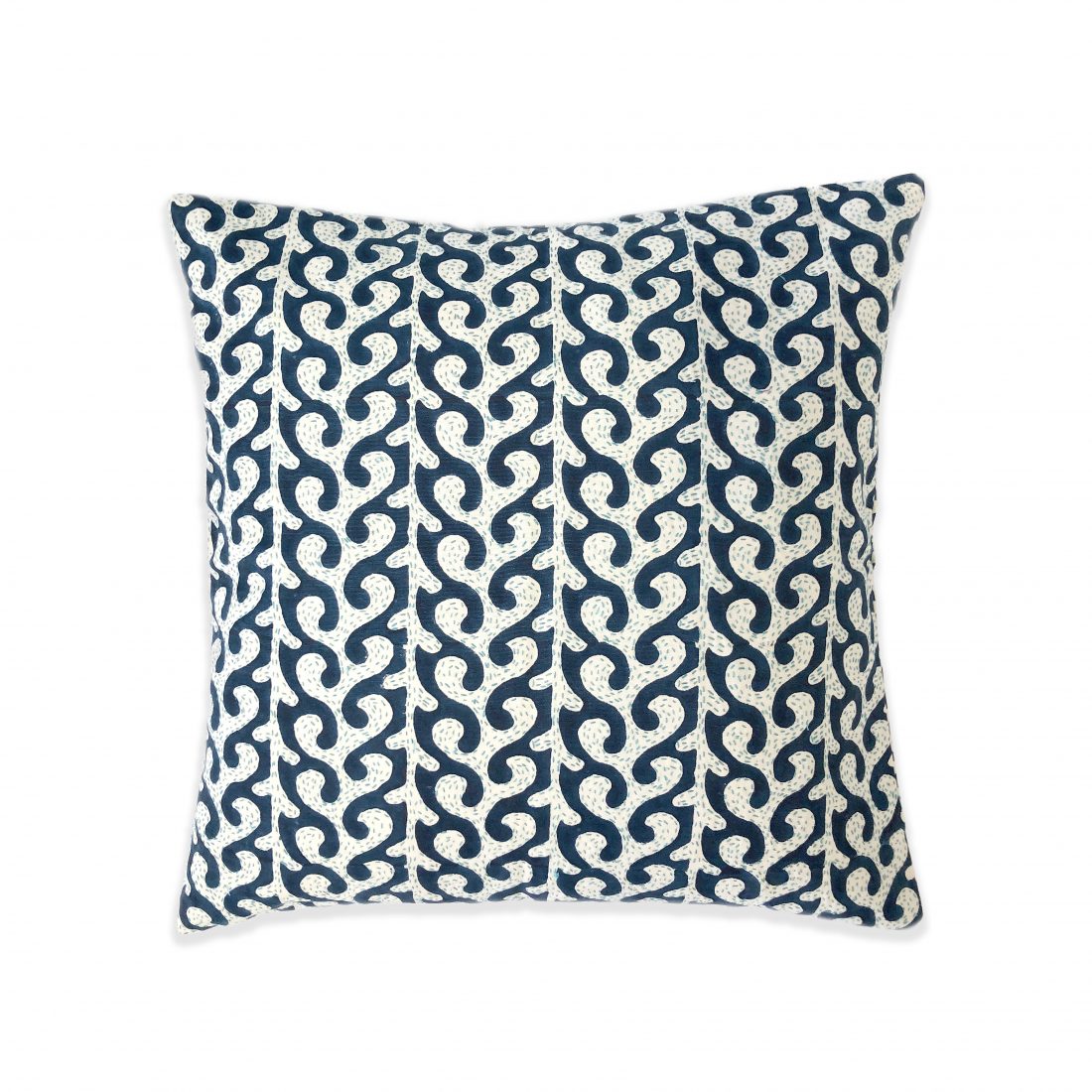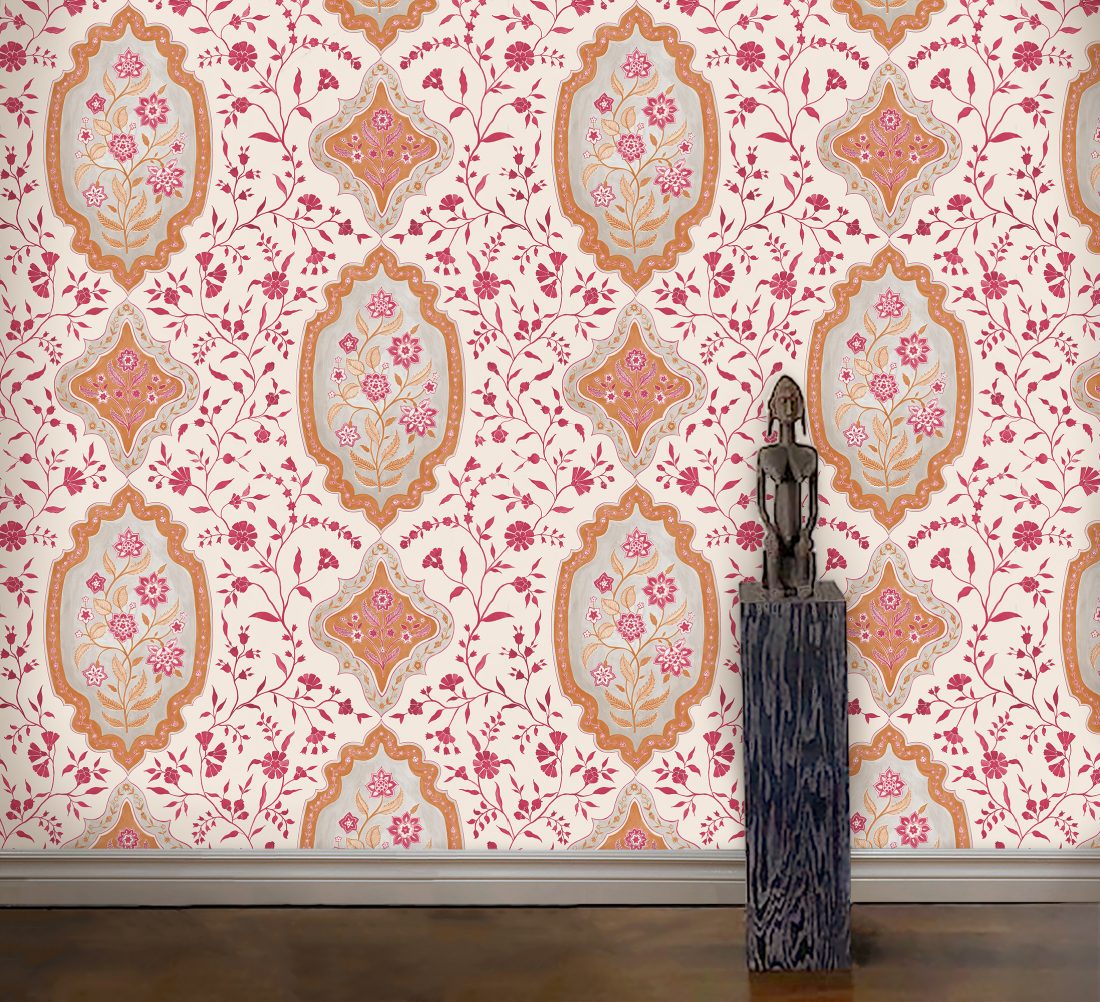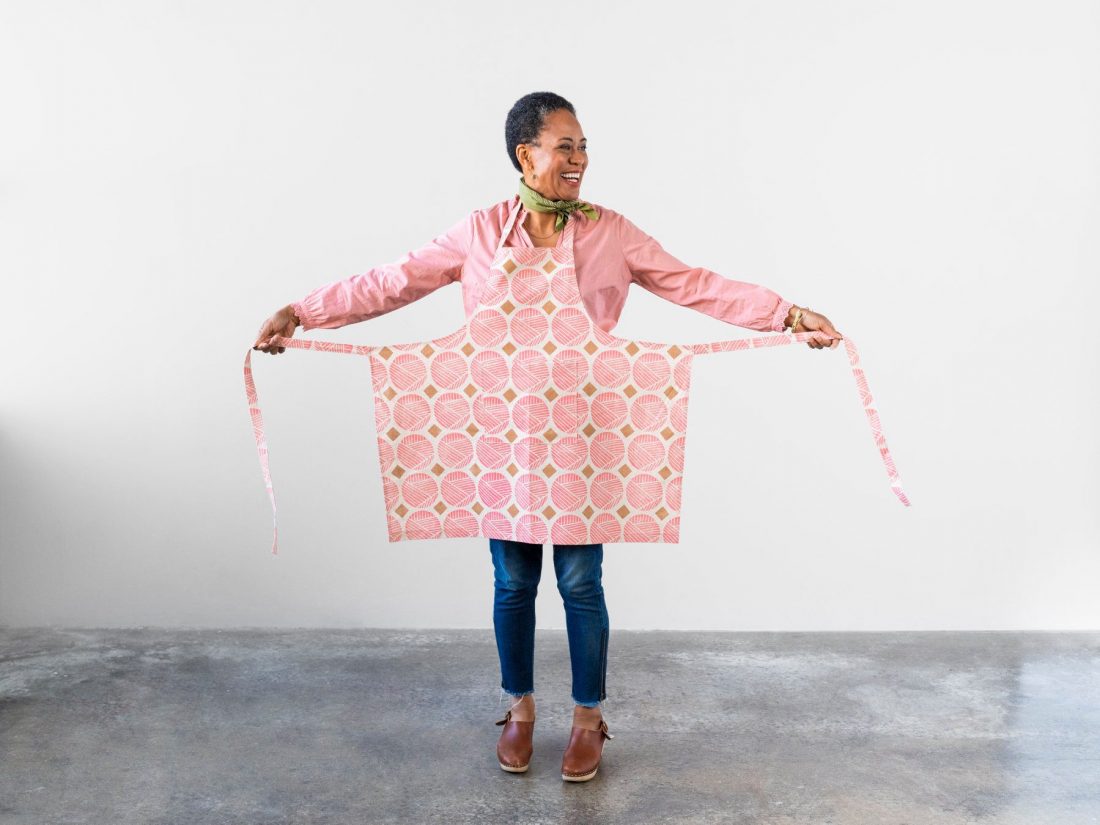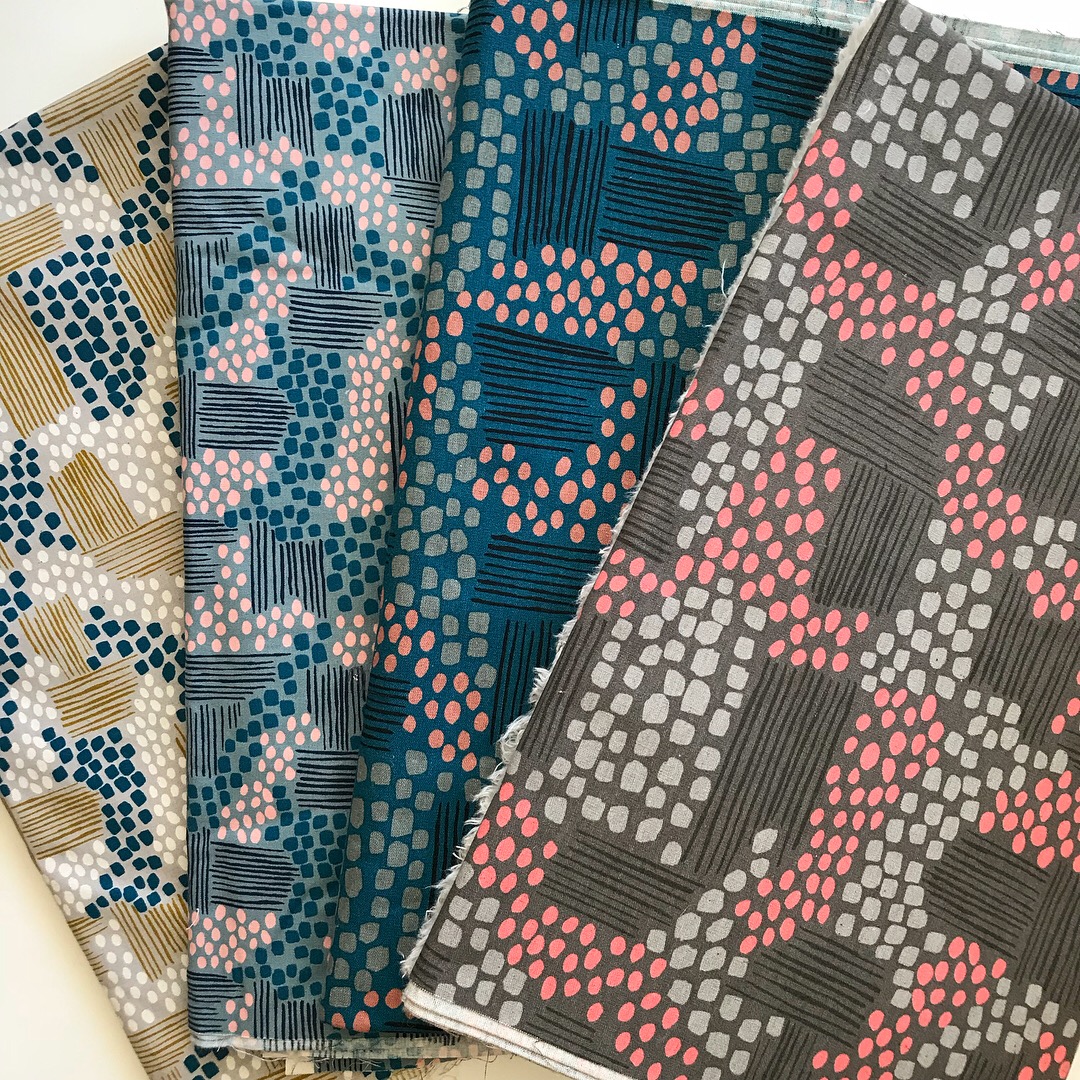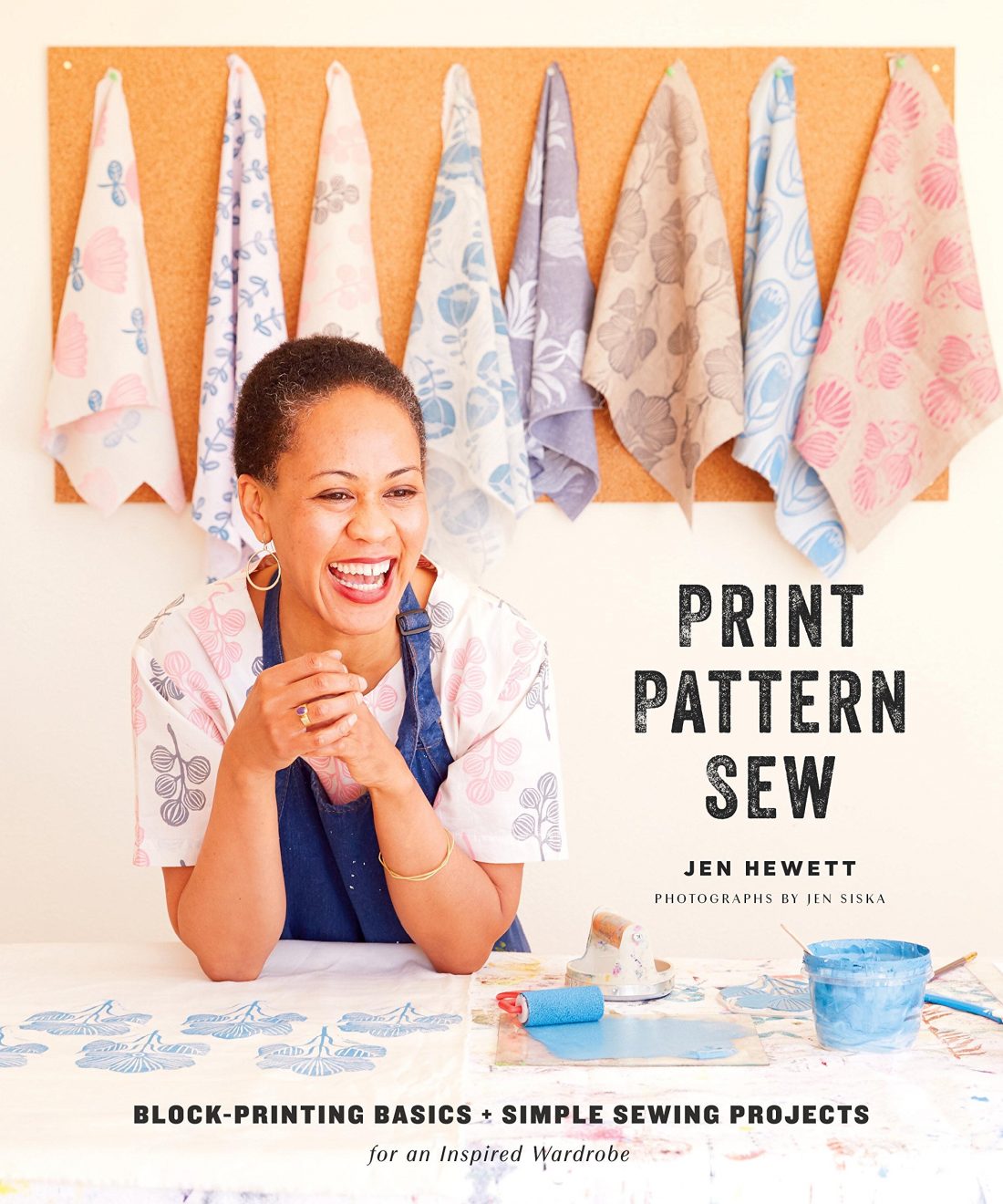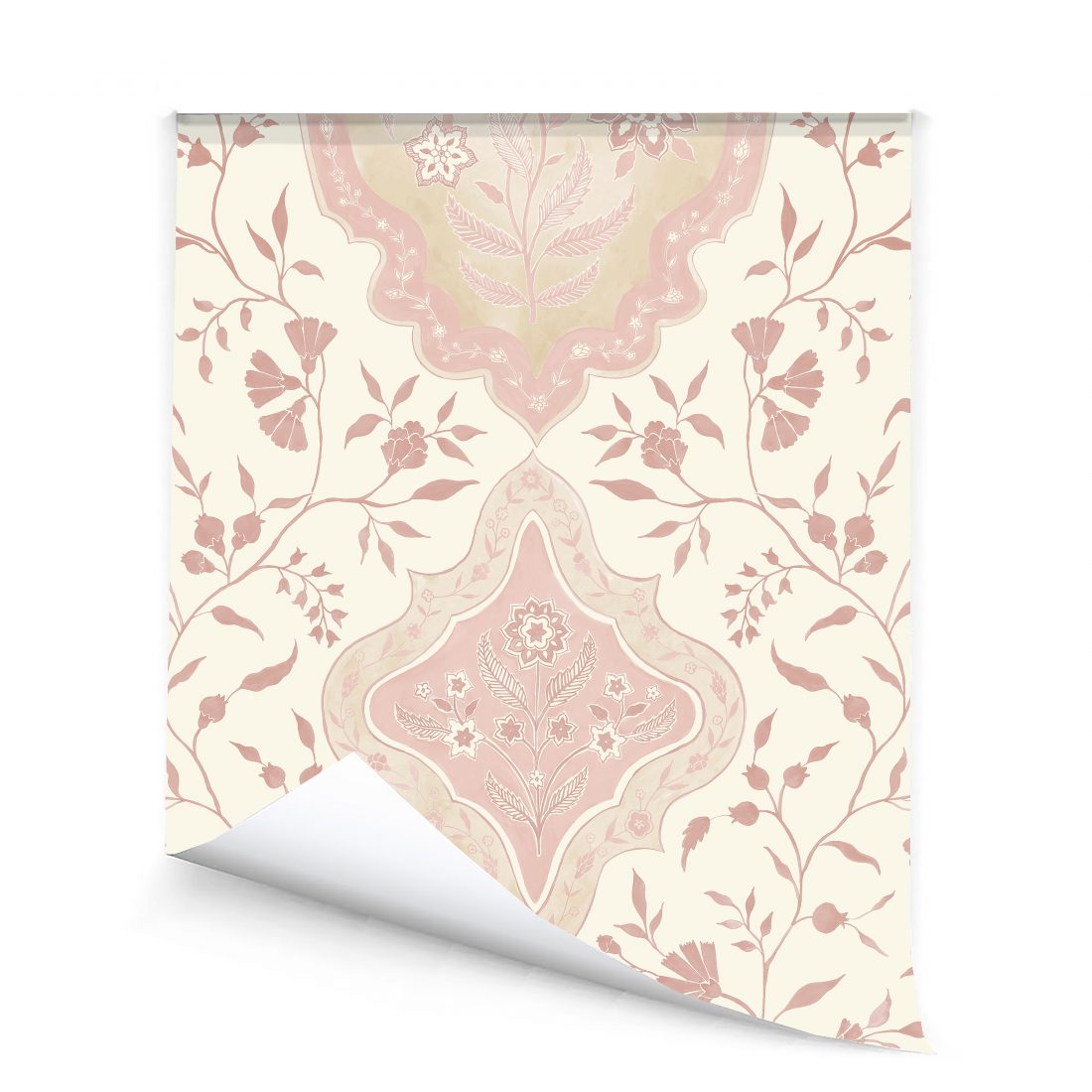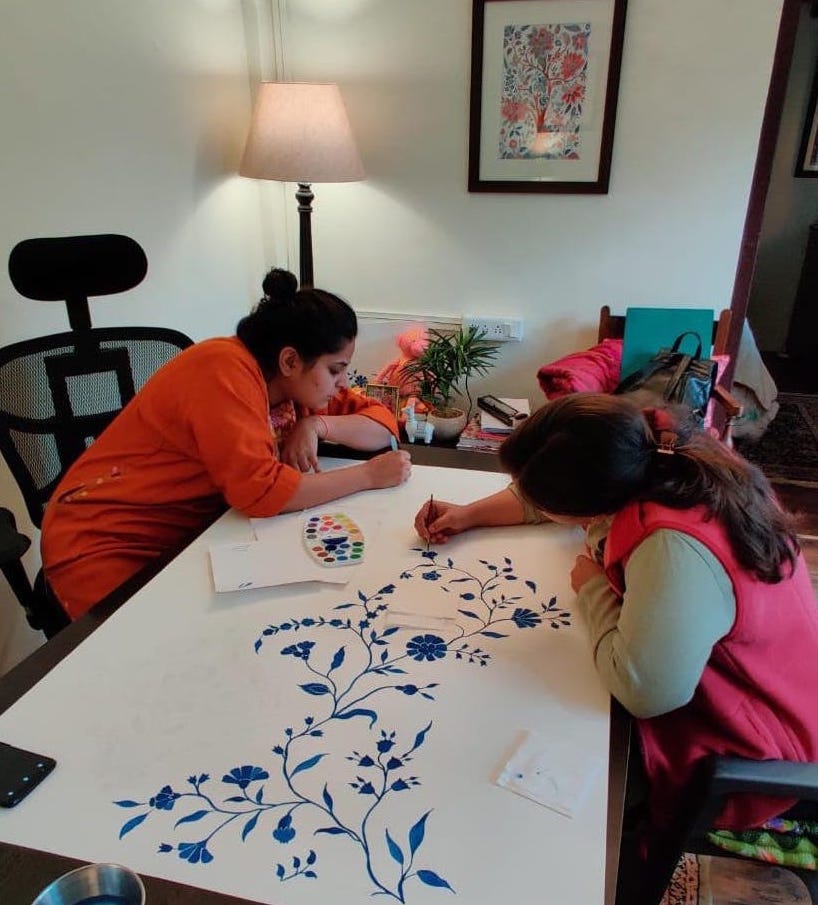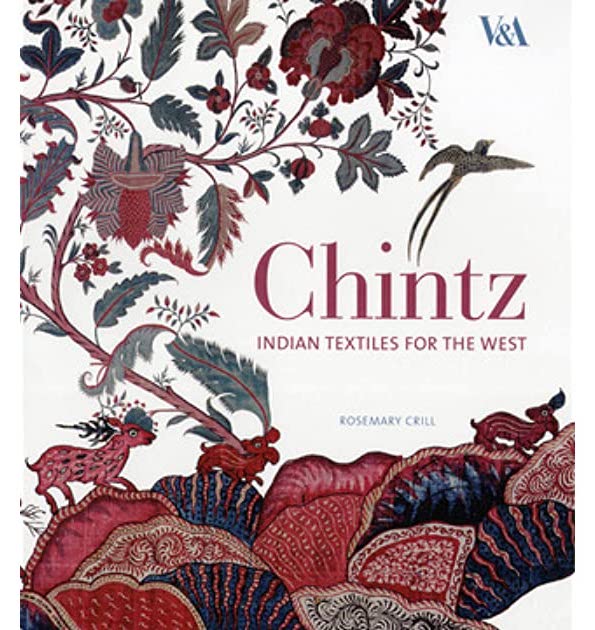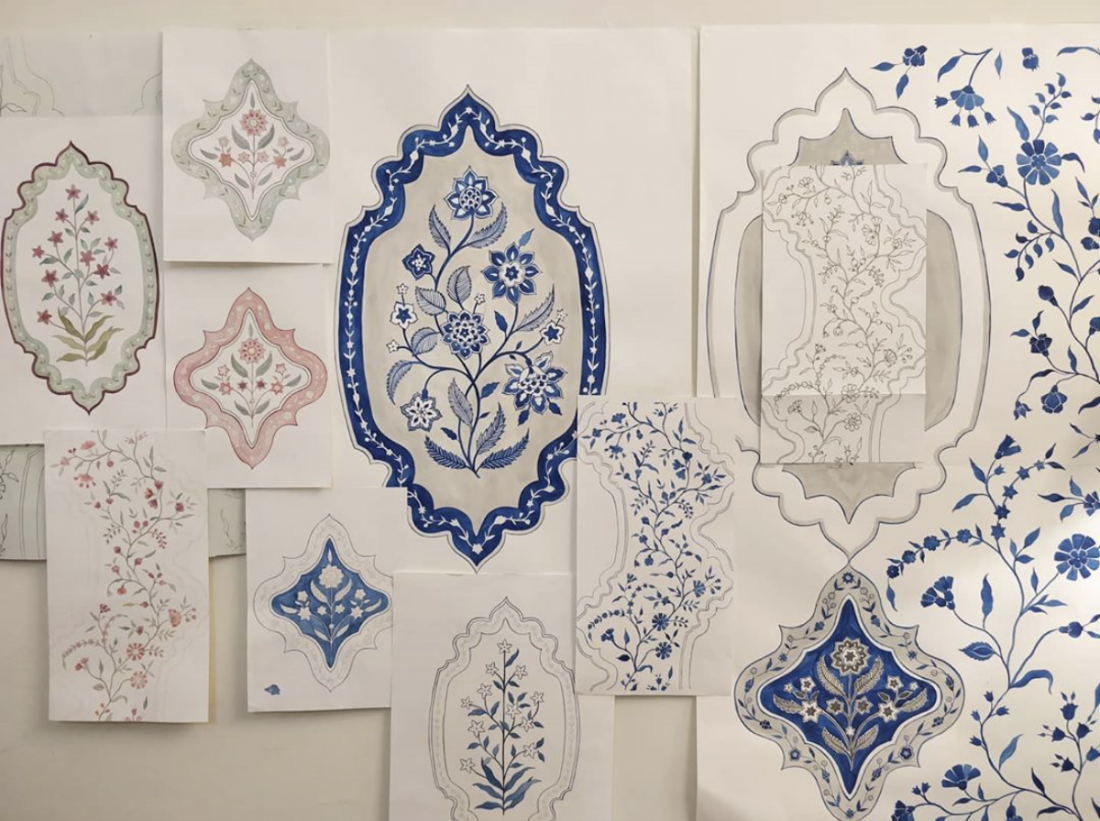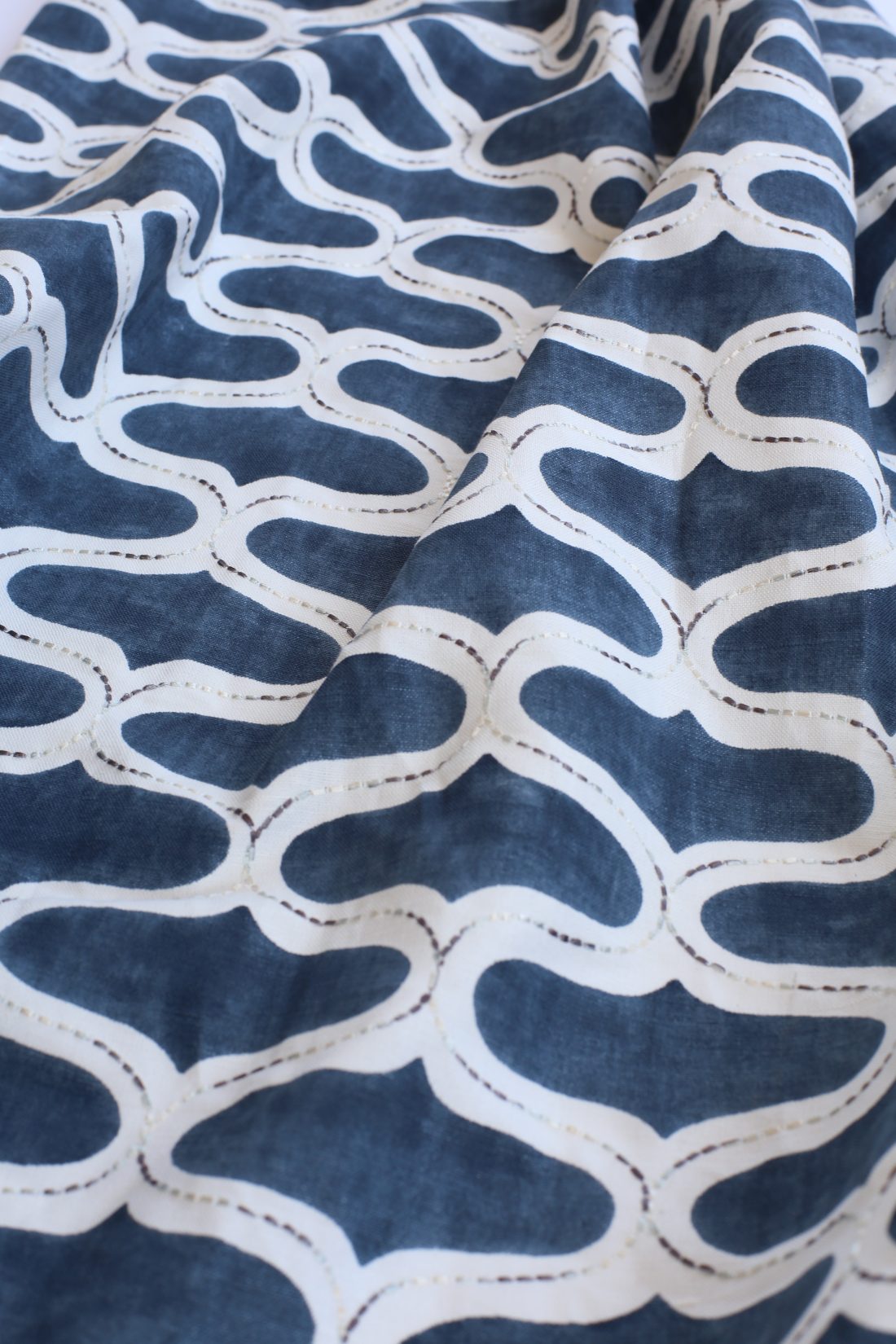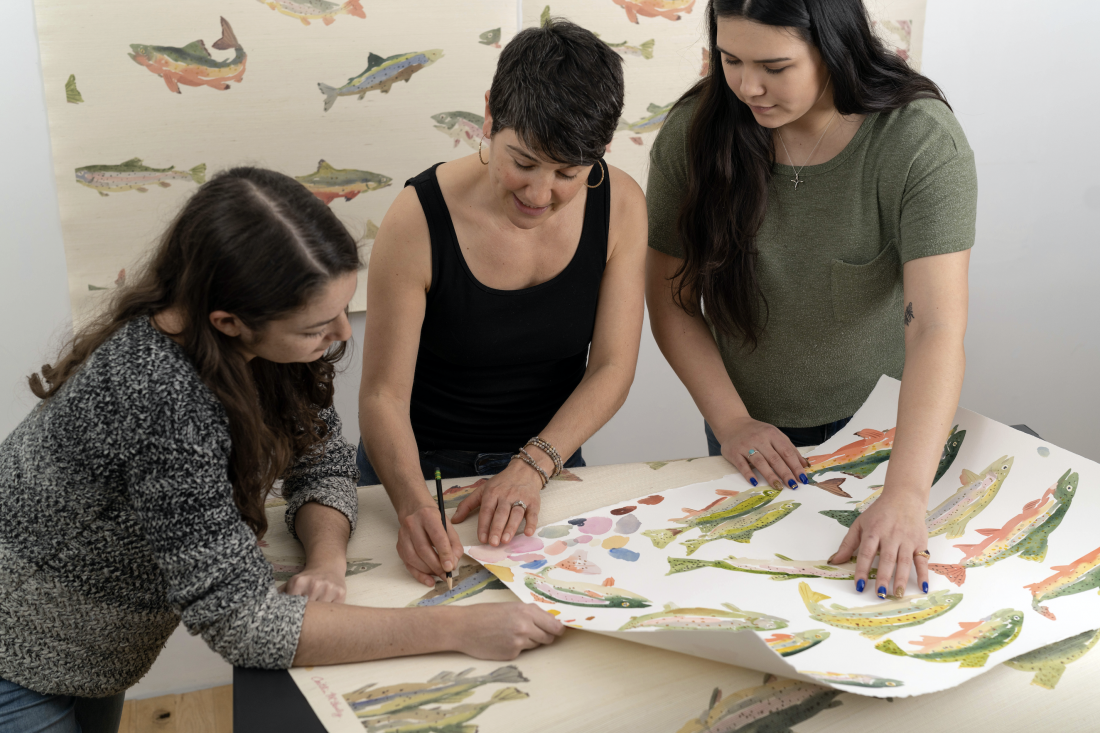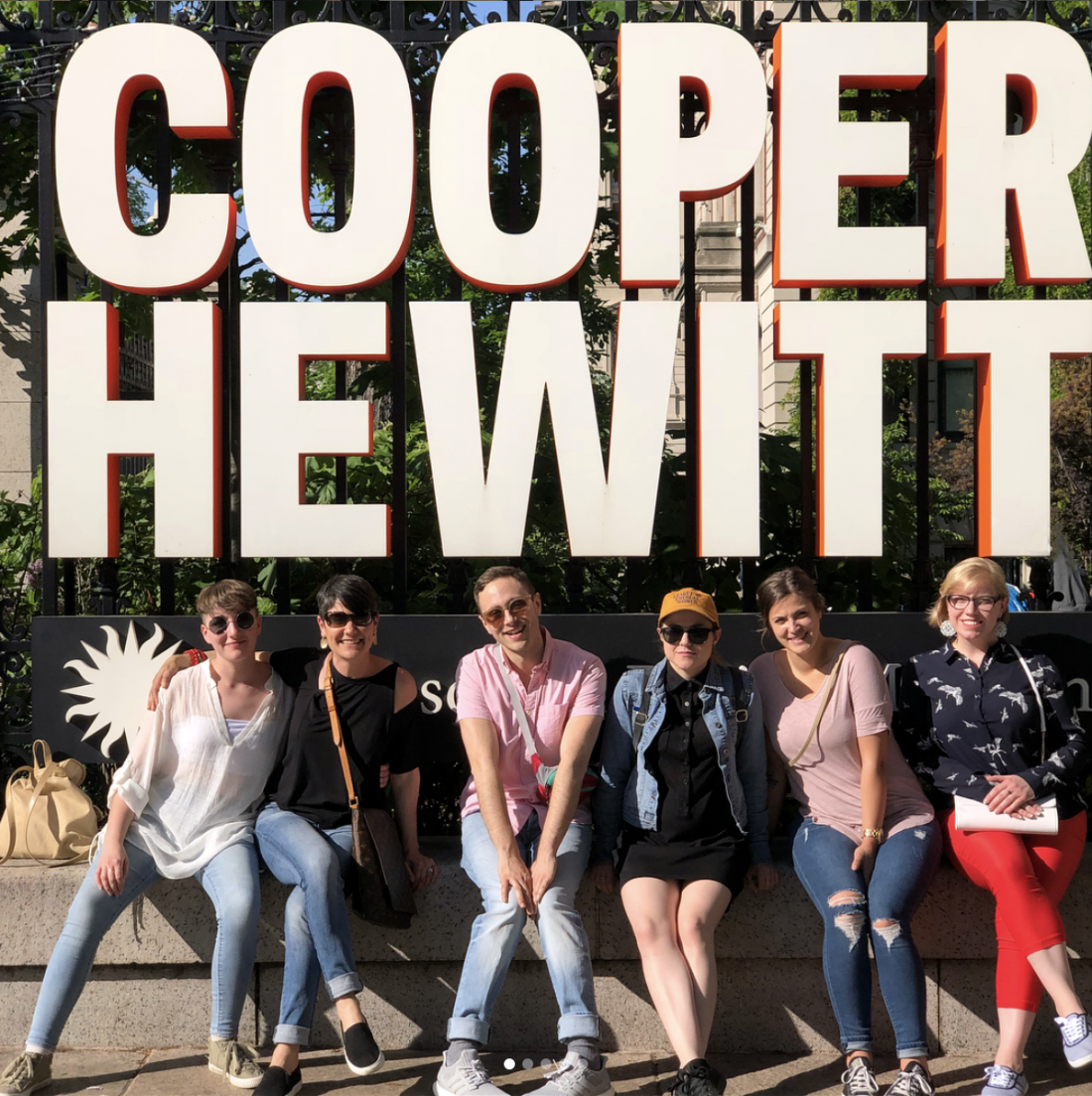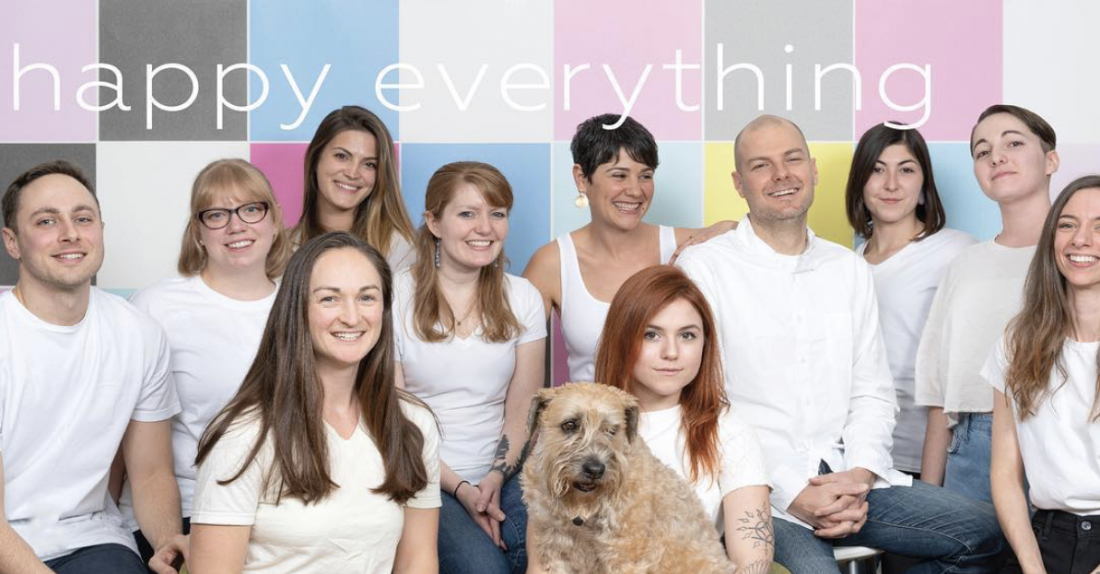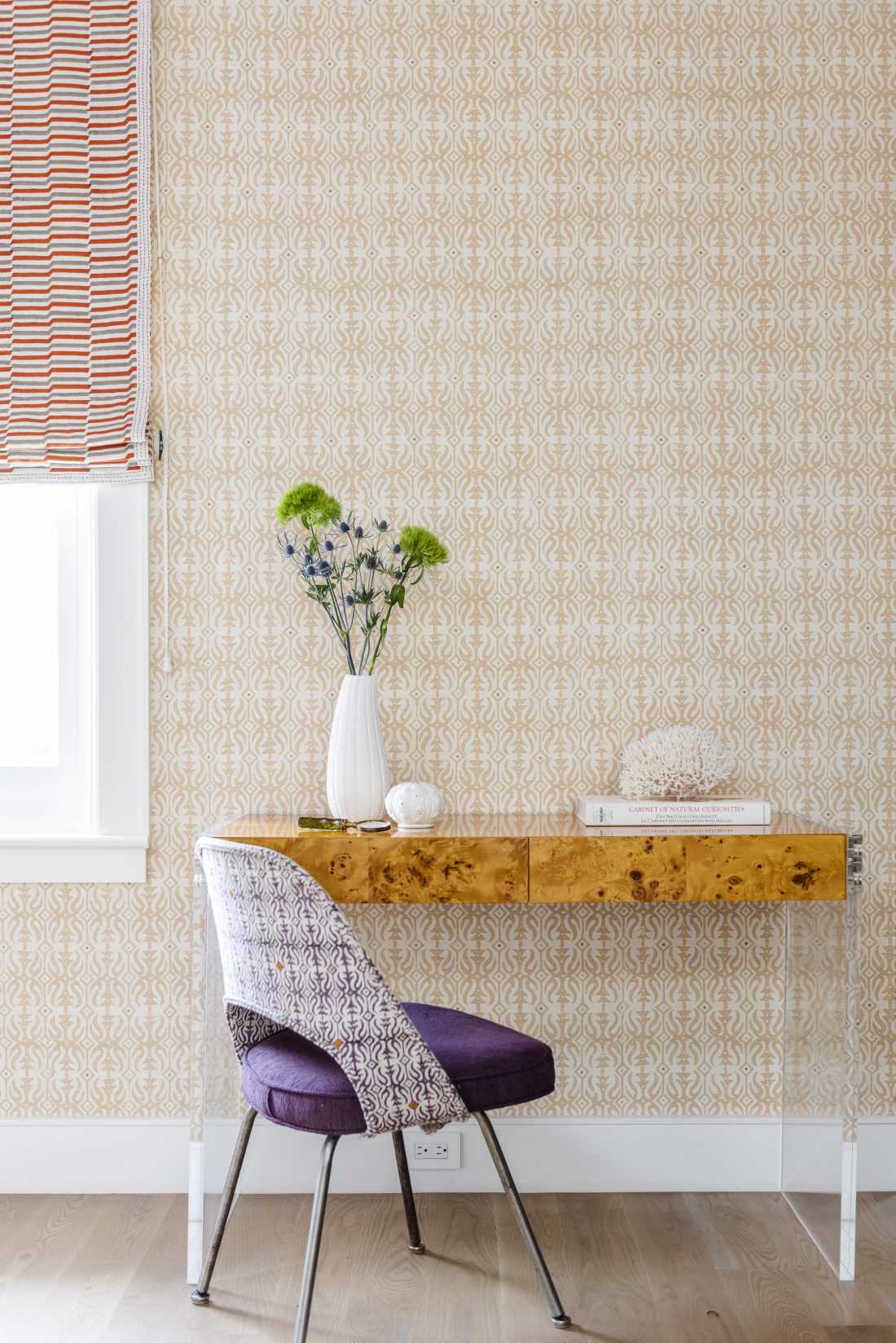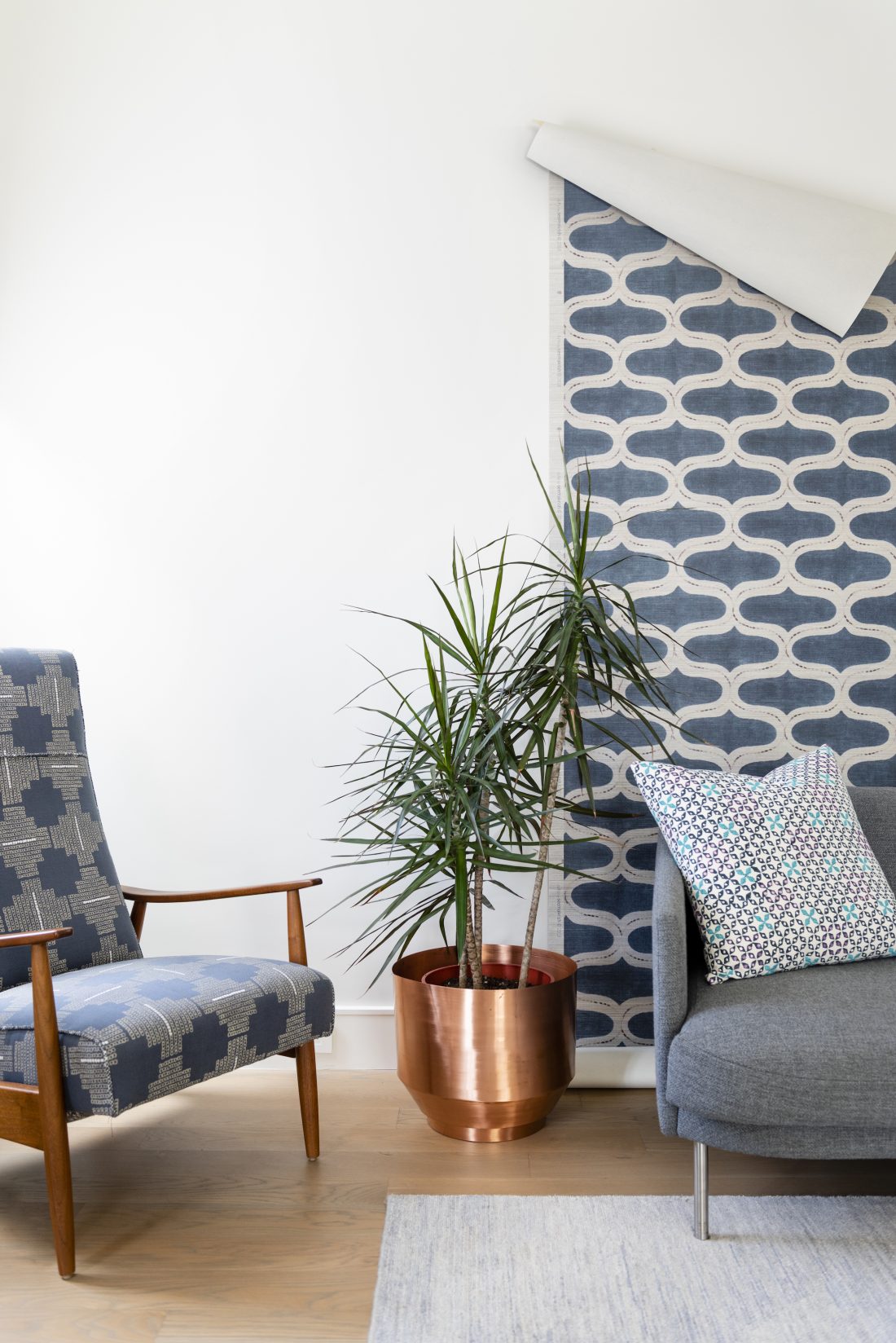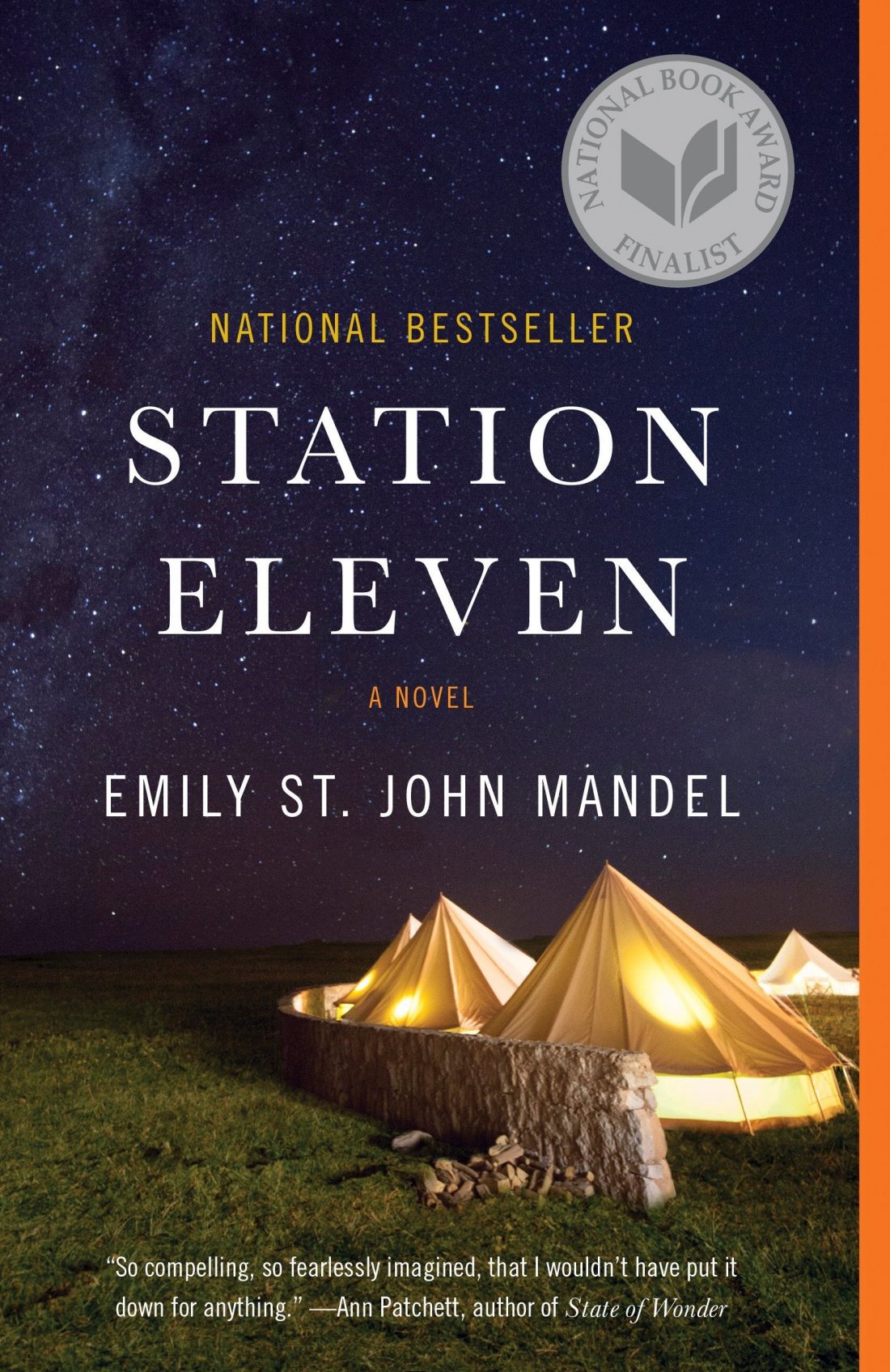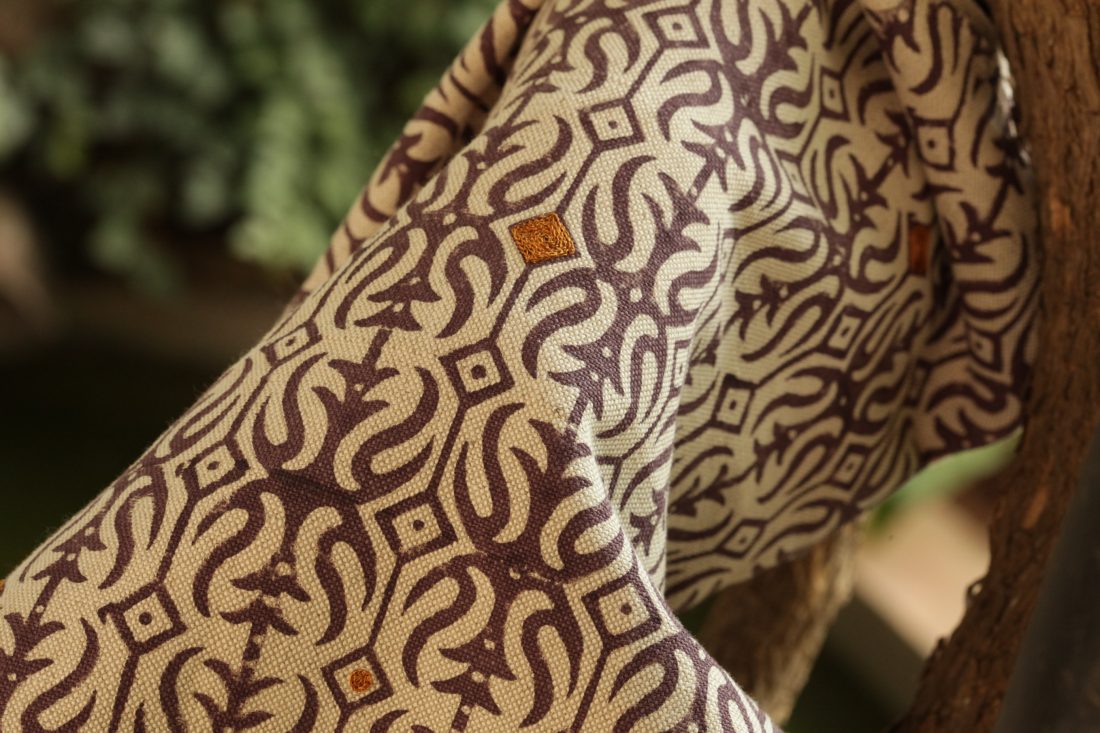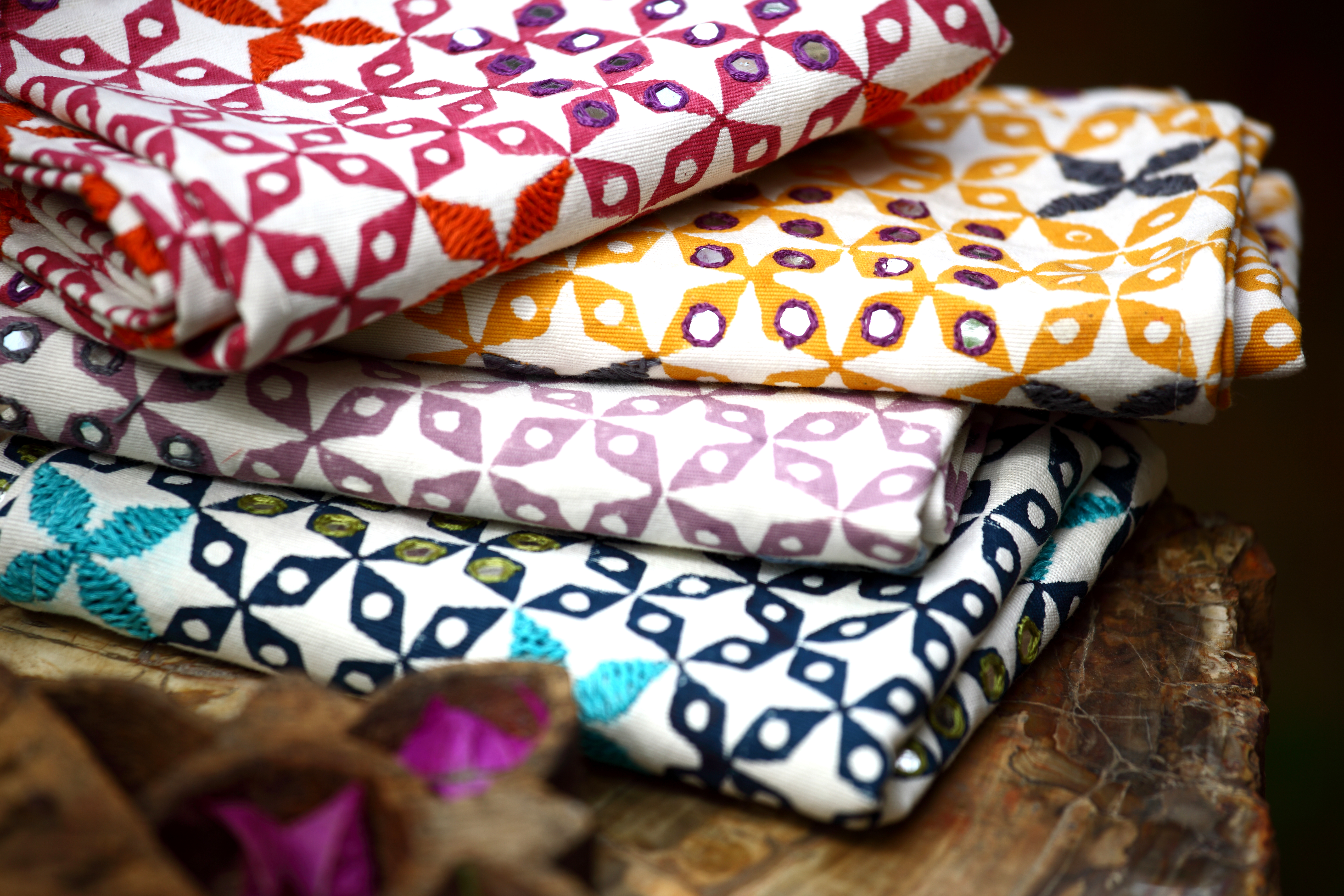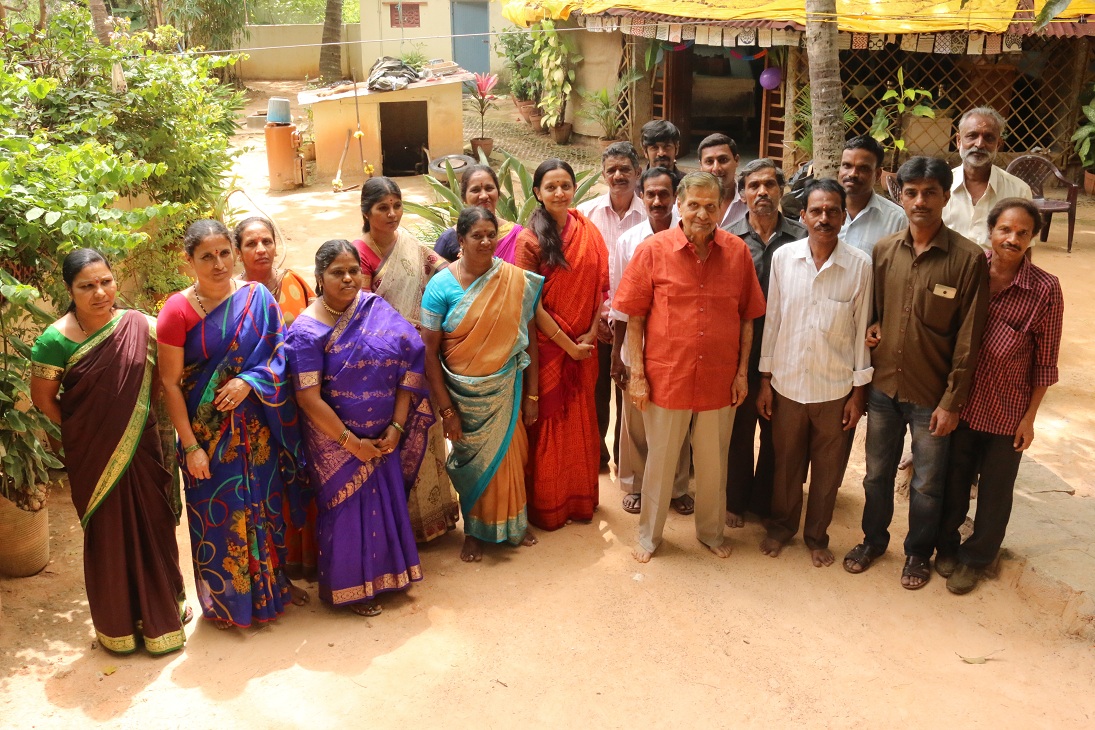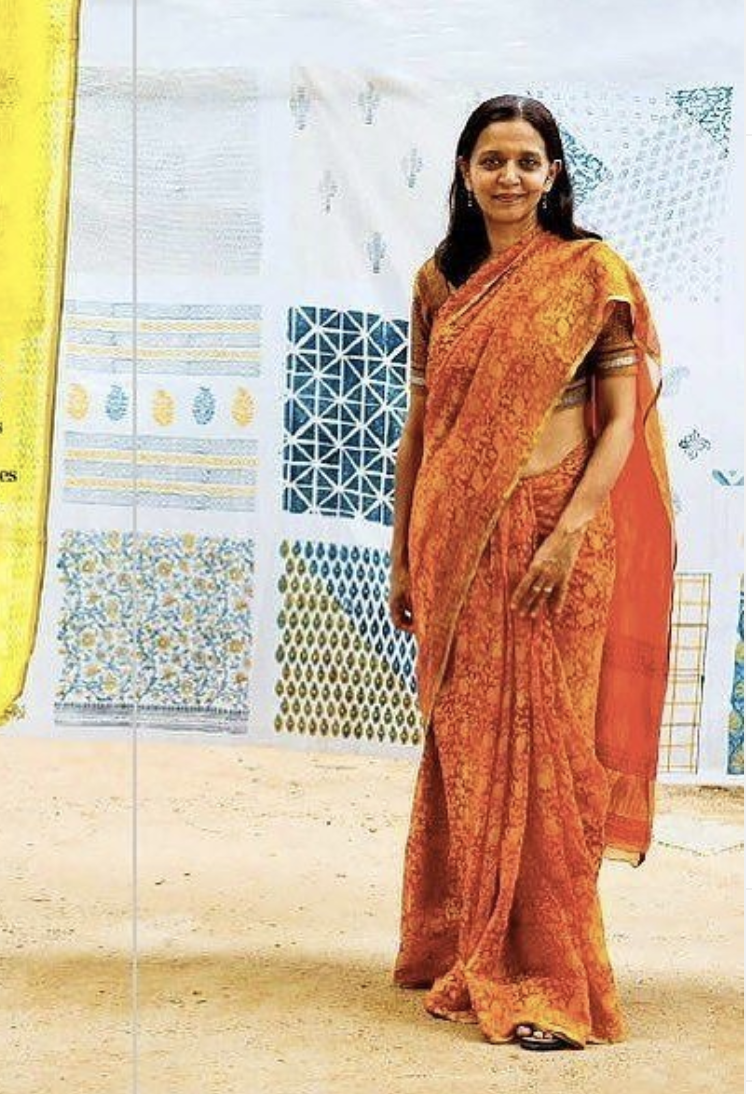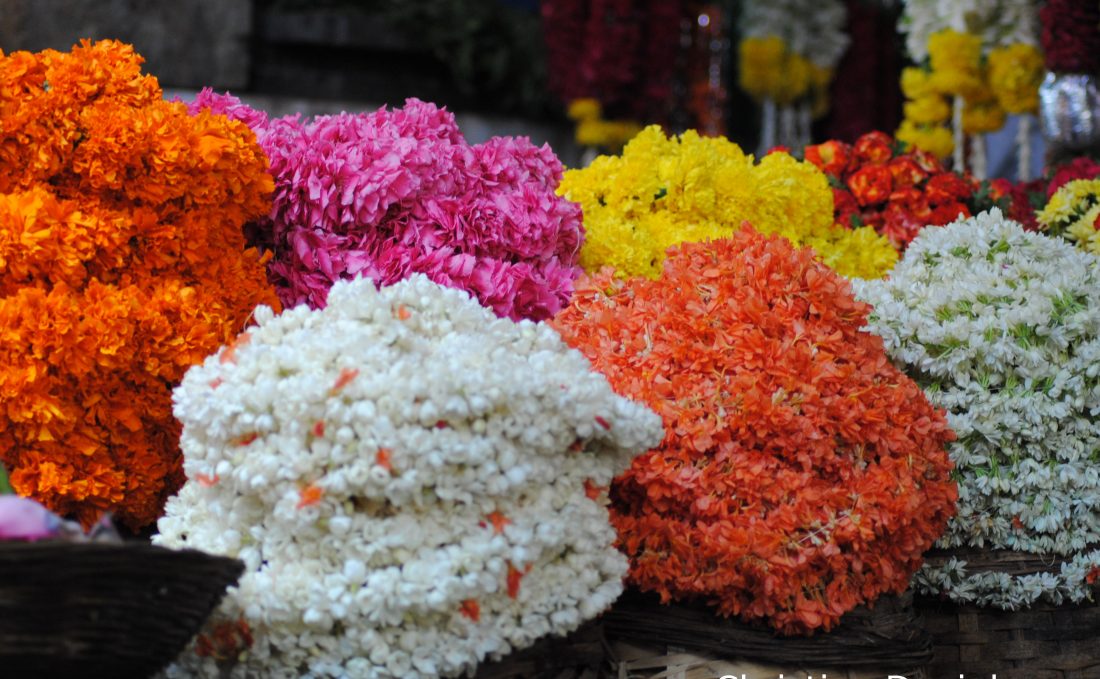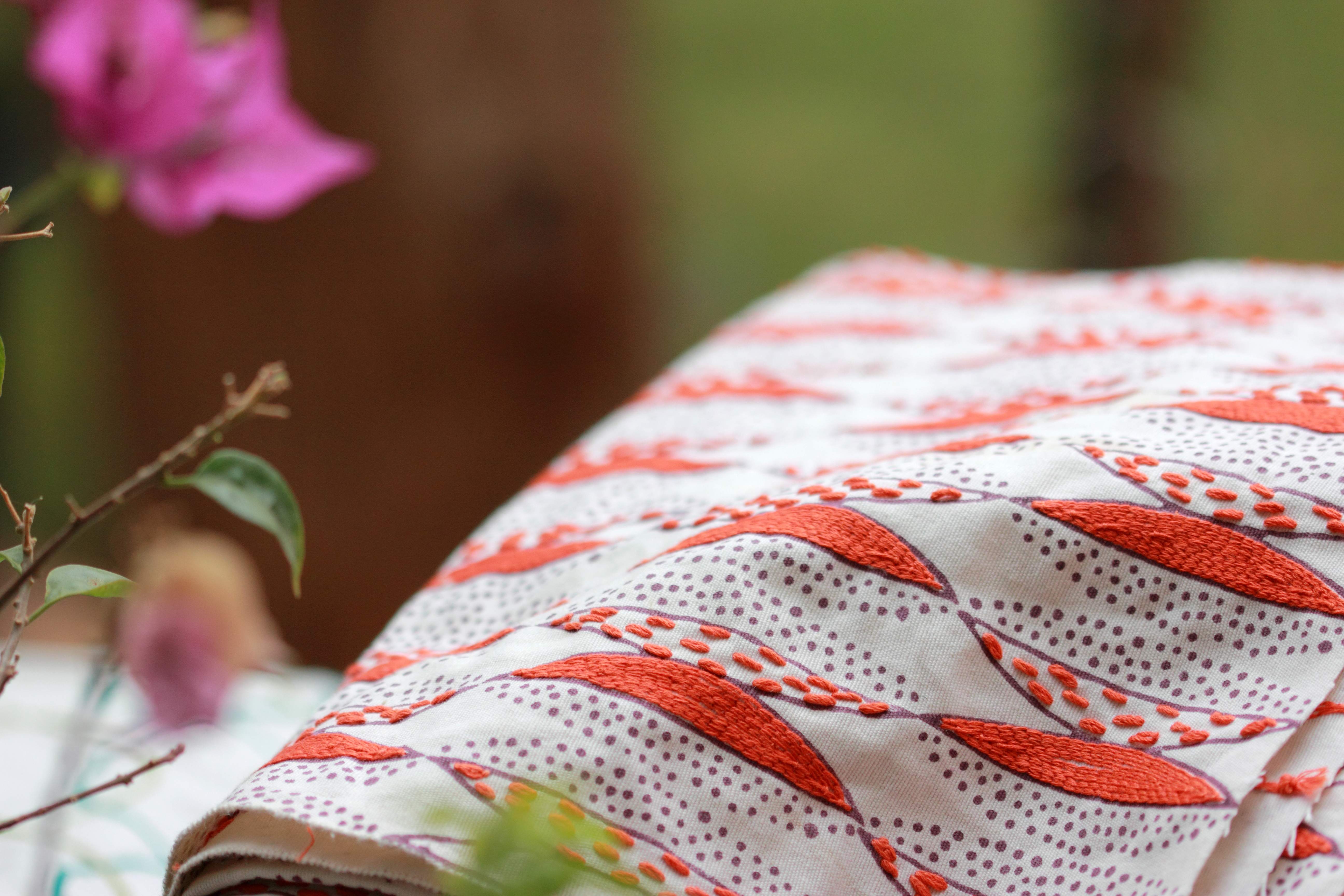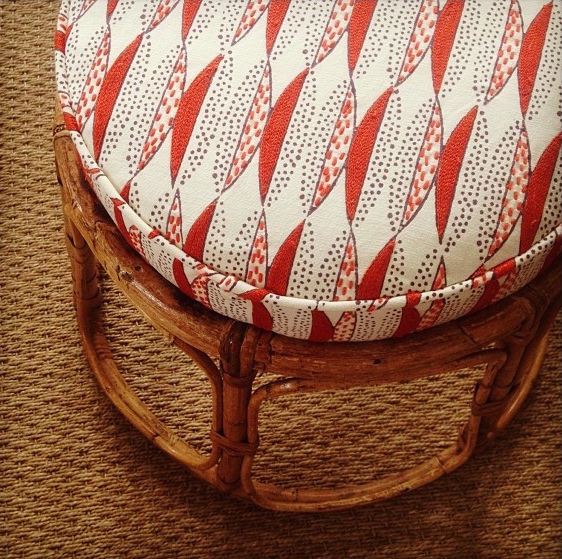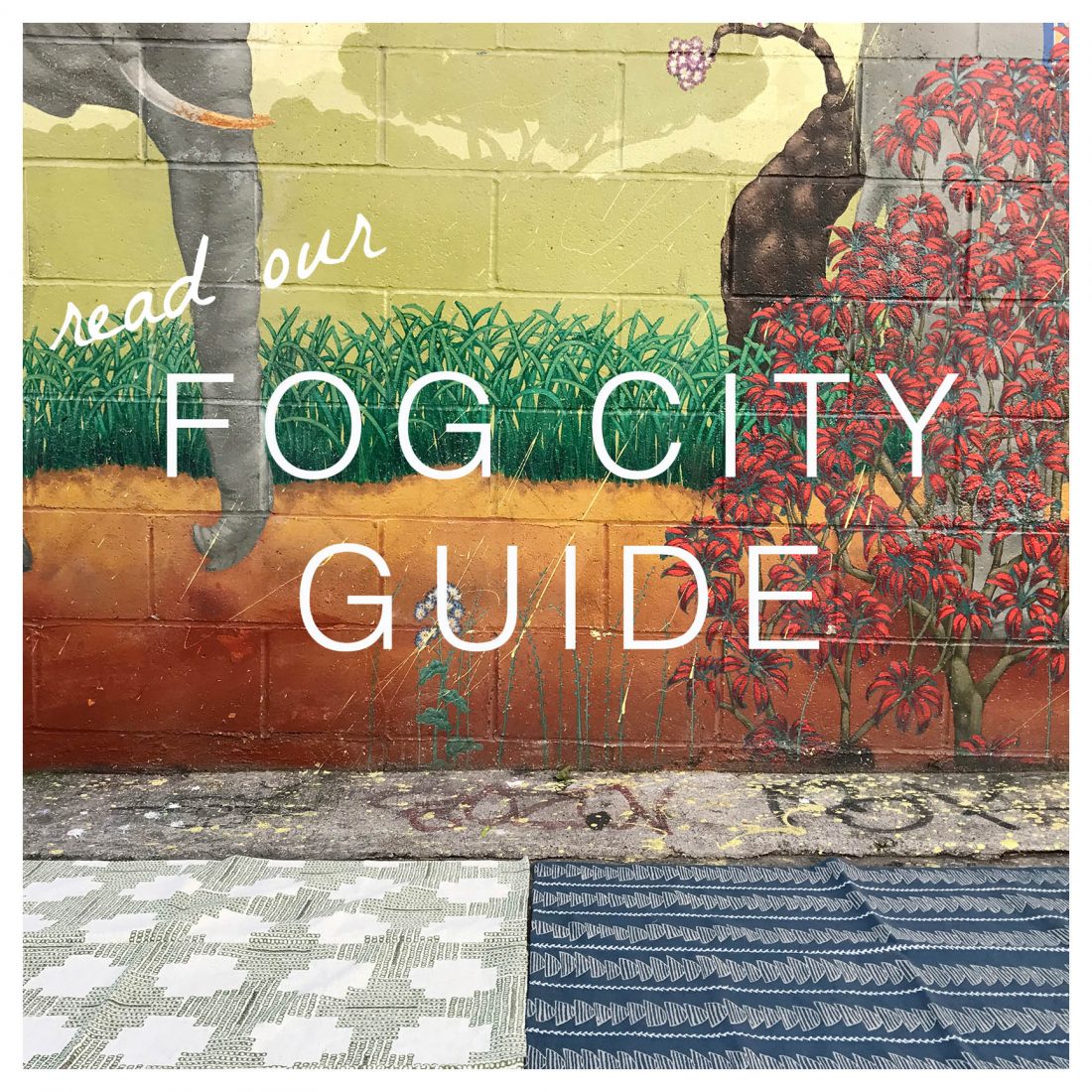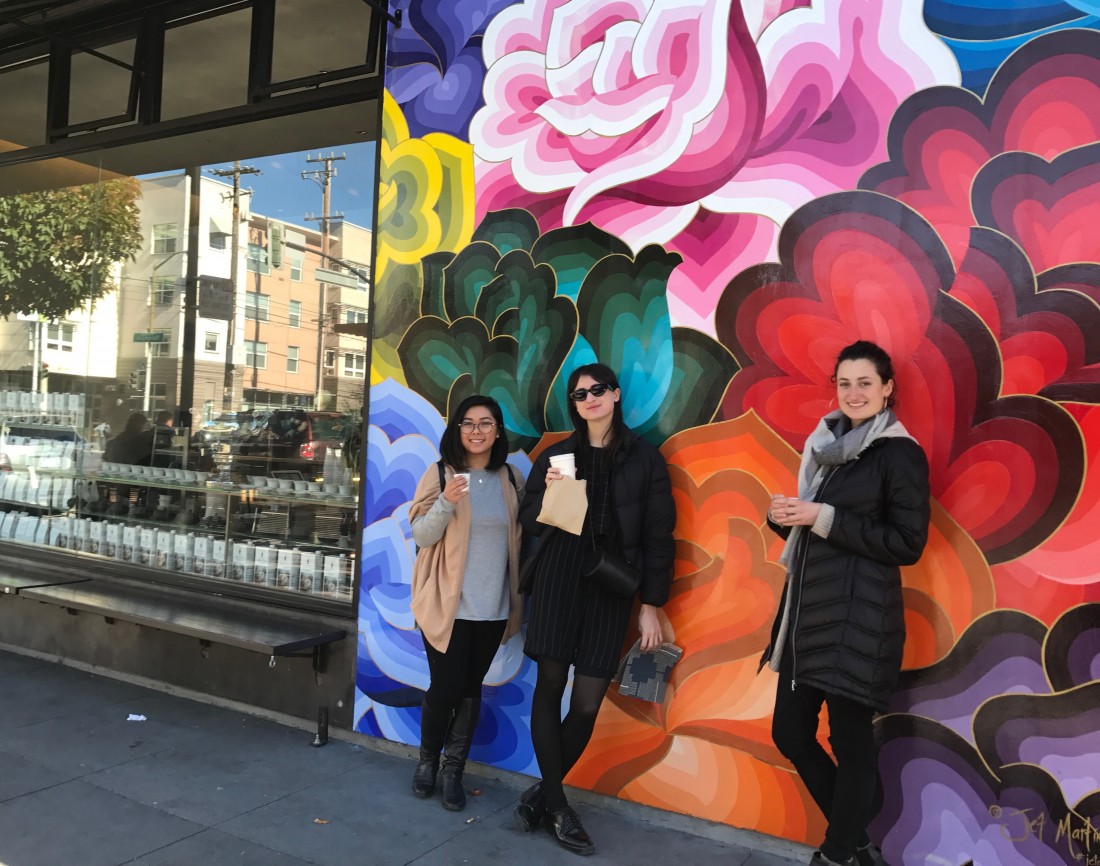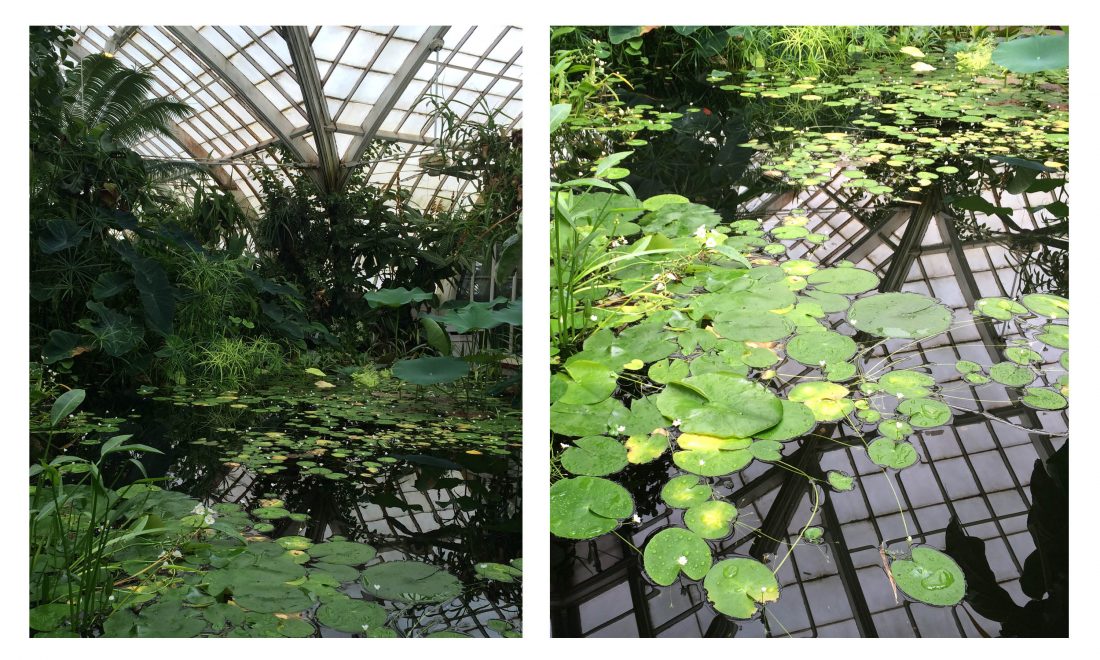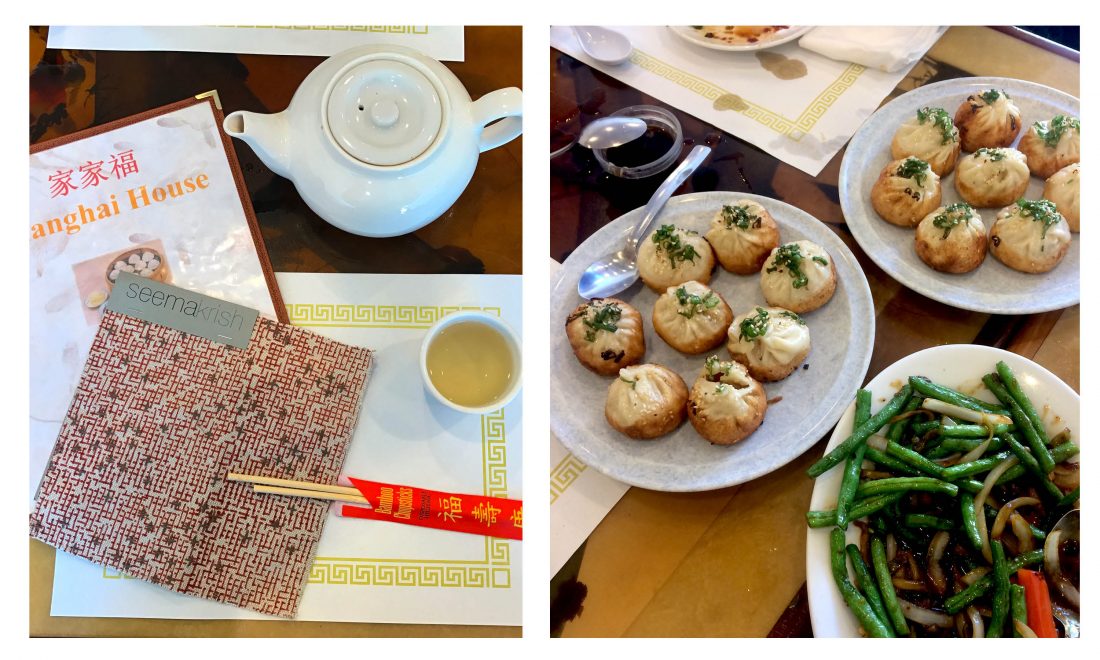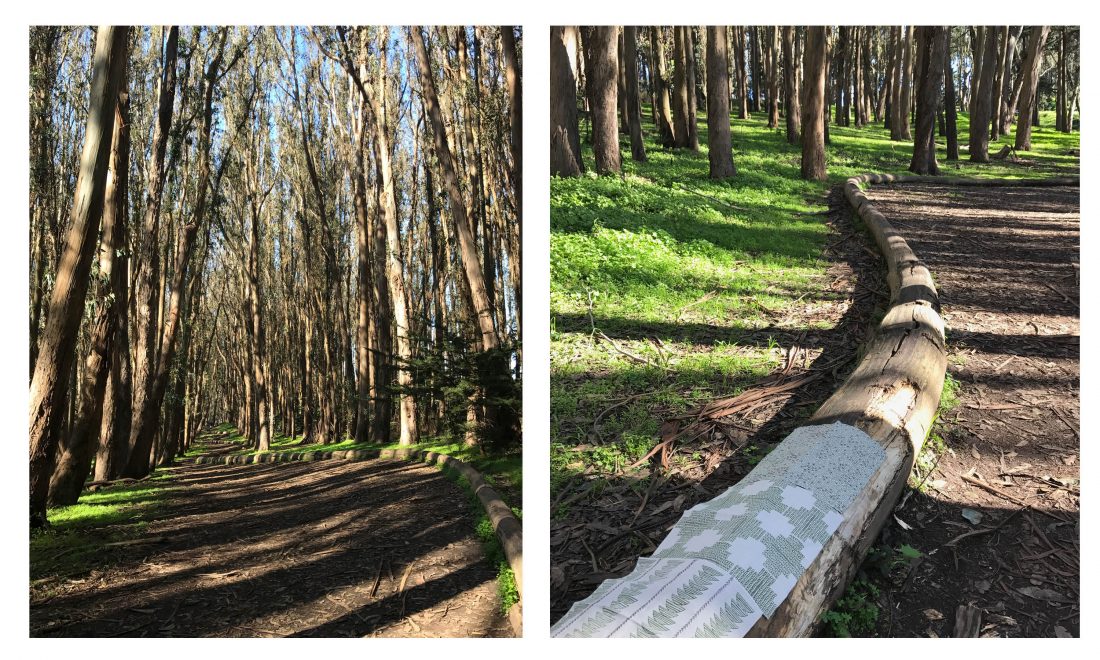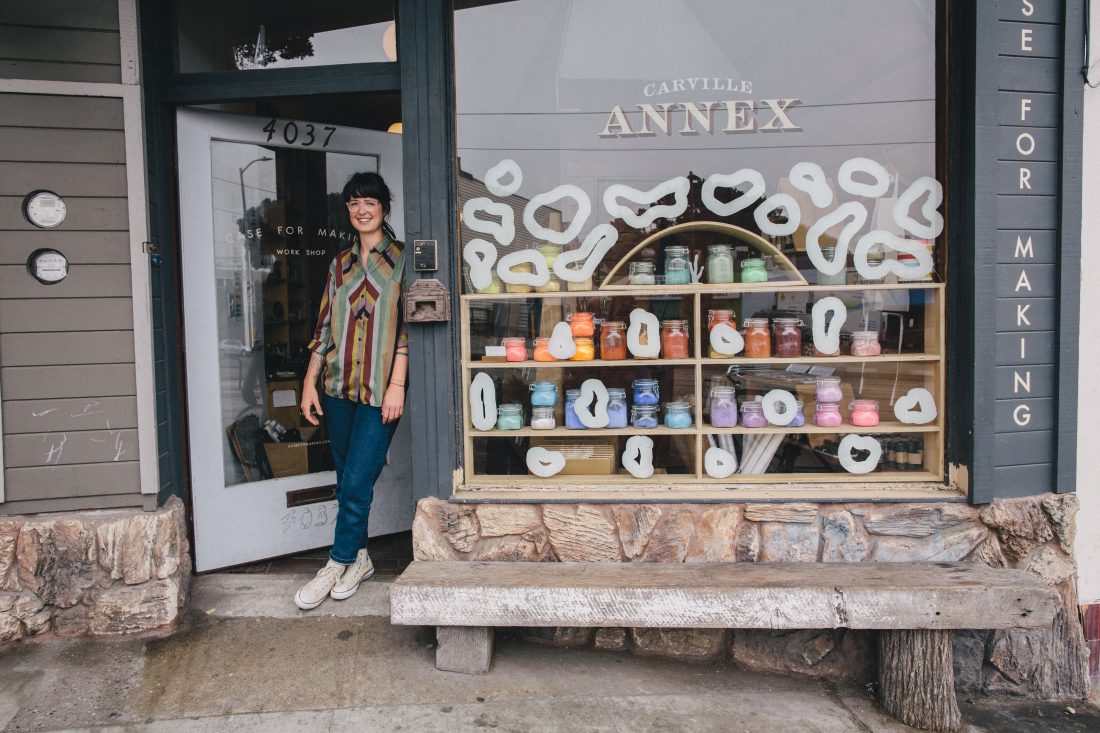
This month we are thrilled to chat with Alexis Joseph of ‘Case for Making‘- a San Francisco-based store of exceptional creative supplies.
In our studio art practice, we enjoy using CFM watercolors, it’s where all of our artwork starts,
and the CFM colors play a large part in our process. We would not get the beautiful variations
within our patterns if it were not for the textures that the watercolors create.
_____________________________________________________________________________________________________________________
To listen to the conversation, tune into our IGTV here.
Here is an excerpt:
1 – How did you start Case For Making? And how did you get involved with color?
I started CFM six years ago. I had the lease on the building with friends and we were collectively using it as a flexible project space for a couple of years. And then we decided that we wanted a more permanent storefront presence in the space. Outerlands is on the same block and is owned by my friends, so I was able to have a full-time job there, while I started my business. When our lease was renewed, with the storefront, I was a little panicked as I wasn’t exactly sure what I wanted to do with the space. I looked over at my bedside table and I had my favorite pens that I’ve been buying in Japantown for most of my life and my little travel set of Winsor & Newton watercolors, as I looked at these things, I realized I would have an art supply store with a curated selection of items.
I went to Architecture school for undergrad and did my graduate degree in graphic design at California College of the Arts. I pulled out my phone and started making a list of all my favorite supplies that I had ever used. There never was a business plan. I operated by letting the business itself be a process and letting it organically evolve. I was able to do this because I maintained my full-time job at Outerlands for the first three years and transitioned full time to CFM in 2017. Initially, I had a store of curated art supplies, the colors came a few years later.
I was traveling in Germany and stumbled upon some pure pigments. Being an architecture nerd, I love exploring building materials stores in other countries. In Berlin, I wandered into a hardware store that was geared towards plasterwork, frescoes, and interior finishes. It was very different than what we have here. They had a section of their store that was just bins of bulk pure pigment. You scooped what you wanted into a bag and had it weighed at the counter. A gentleman had purchased some, I was amazed and enquired how he planned to use it. He explained that he was making paint for his apartment. I was stunned and did not realize that was a possibility!
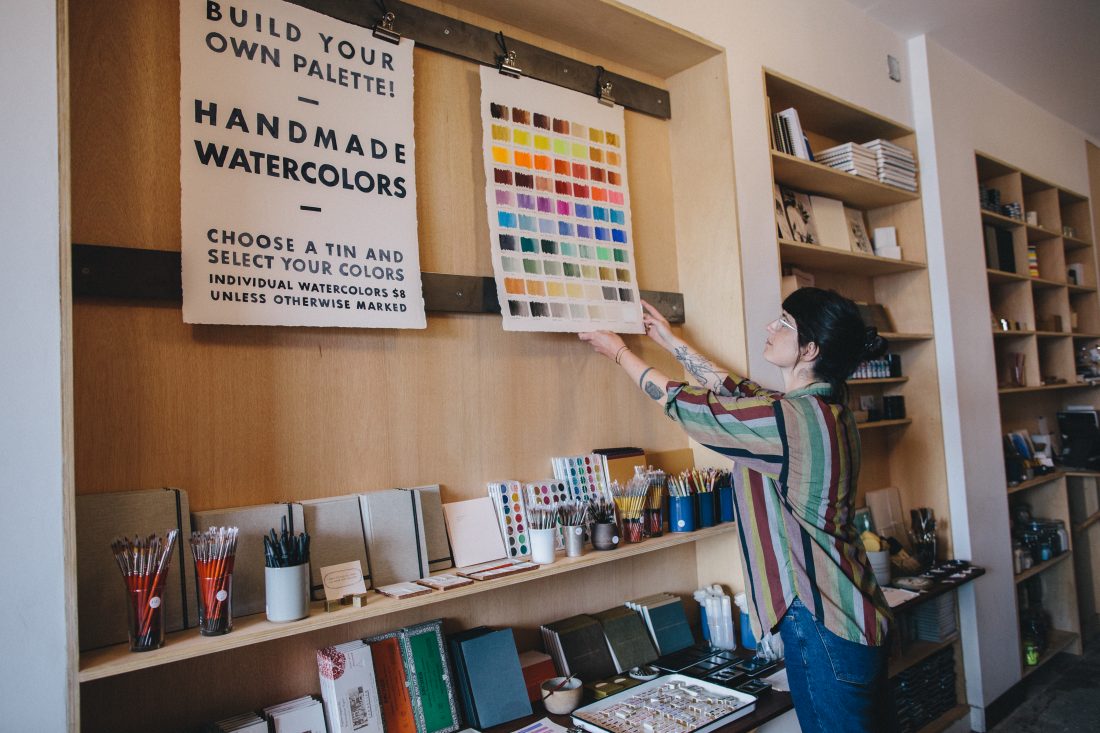
For all of the art classes I’d taken throughout my life, I had not learned that paint is made from pure pigment. And depending on the kind of paint, the pigment is mixed with the appropriate binder. The possibilities were endless! Always thinking about built environments, I imagined using the pigment towards making paint for interior surfaces. I ended up buying a kilogram of ultramarine blue, brought it home, and began researching what I would do with it from an architectural perspective. I was interested to maintain the quality of the raw pigment.
And then I began to understand, what I had learned in art history classes about Yves Klein blue. He was obsessed with the same thing. Which was trying to find a way to bind the pigment without altering the surface quality. That is why when you observe his paintings, you are enveloped in this blue that has so much depth. All of this started coming together for me. Soon after, I came across Kremer pigments– a German company with a store in New York. On their website, they share recipes for making your own art materials and also teach workshops. I noticed they had oil paint and watercolor making workshops. I decided I would travel to New York to learn and it was the first business trip I ever went on! I took both classes and fell in love with the watercolor paint making classes. Which made sense, because I’ve always fallen back on watercolors throughout my life. And watercolors are the purest way to paint with pure pigment because the binder is Gum Arabic and is the most invisible way to bind the particles together. I became obsessed with material and realized that color was material because each color has its distinct chemical properties and the way that it binds to the medium. I experimented a lot and then soon after we started selling them!
I did not intend to be a paint company, it’s what happened based on my interest and learning. And now the bulk of my business is making and selling watercolors!
2- What is the main difference between hand mixed and commercially-made watercolors?
With hand-mixed colors, you are completely in control of everything that goes into it. As I started making paints, I realized that every color acts so differently based on the intrinsic qualities of the pigment. Which is something I had not experienced with commercially- made paints. When you squeeze a color out of a paint tube, you get just the color and not the textural personality that goes with it, you miss out on the tactile aspect. Commercial paint companies add extenders, fillers, and chemicals to equalize the paint experience for their brand. Each brand of paint is slightly different based on their recipes and what they want their paint to feel like.
It is rare to experience the variations that the pigments naturally create. When we hand-mix them, we only add natural binders to hold the pure pigment together. That is why our paints are rich, dense, and pigmented. When you paint with student grade or cheap watercolors, you try to re-saturate and get the color to release from the dry paint. With our paints, you apply your wet brush to the surface, move it around a little bit and the brush is saturated with color.
We currently carry over 70 colors. Most of them are single pigment colors. We have a wide variety, including metallics, natural earth pigments, and fluorescents and we also have a small group of blended pigment colors. Like Payne’s gray, which is a historic color, and was coined by the artist William Payne. He mixed his own specific warm gray color, that he used in his paintings. I was always drawn to Payne’s gray and that was our first attempt at coming up with our own ratio and lens for color. It sparked us to hone in on our color collection and we found the gaps and created the colors to fill out our overall palette. 14 of our 70 colors are blended colors.
3- How do you approach color? And add new colors?
Our approach is quite organic, we give a thought to rounding out our color palette. There are multiple ways to build palettes from within our collection. We have warm and cool option for the primaries, and then we have earth-colored pigments like ochre, red earth and burnt umber and then the metallics and fluorescents.
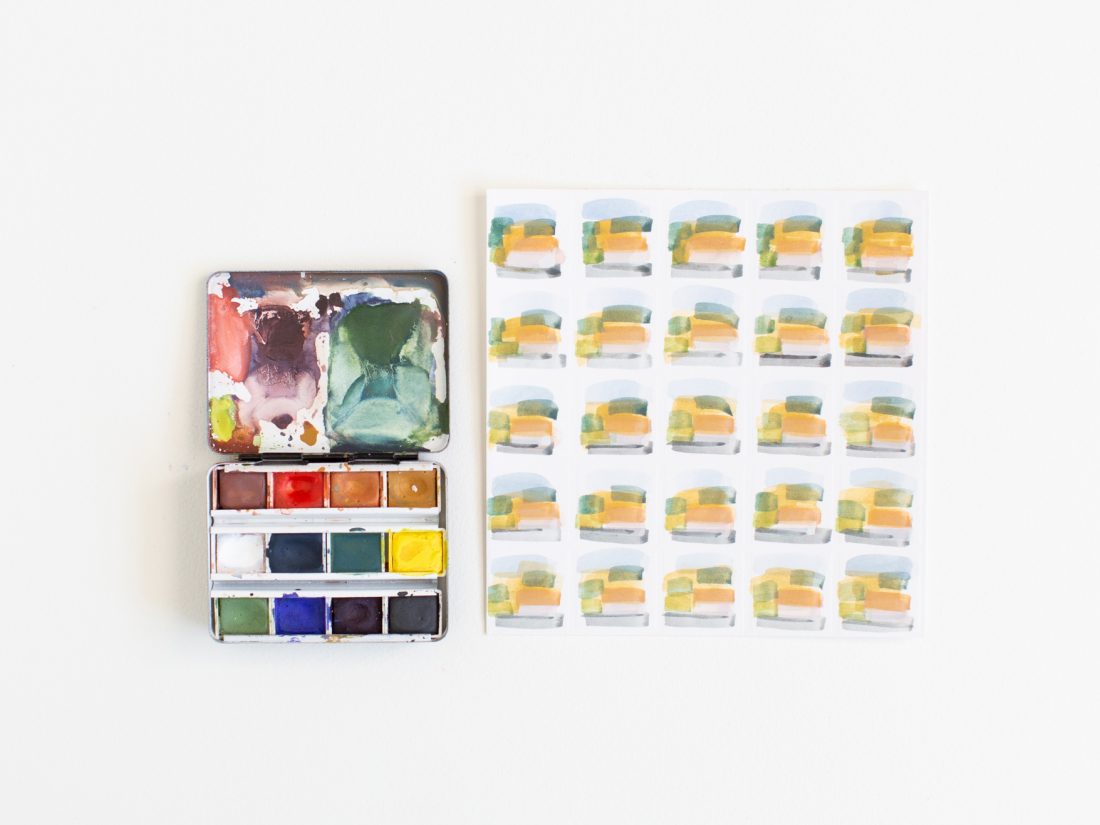
My team and I have been doing this together for four years and we constantly look through our colors, for example, our yellows- we may feel like we need to find some new yellows- so we will purchase twelve different options from various manufacturers, and we mix them and paint with them and then choose what we feel works the best.
As all of our colors are mixed by hand, we make sure that there is an ease in the making process as well- ensuring that the colors are non-toxic, cure well and paint well. If we’ve had a particular color in our collection for a period of time- we reassess if the colors still feel relevant.
4- What is your favorite color from your color palette?
I would have to say our blues. Blues are so rare in nature and the fact that they are prevalent in nature, in the water and the sky, it’s an ethereal color.
5- I have to ask, what is your favorite pattern and color from our line?
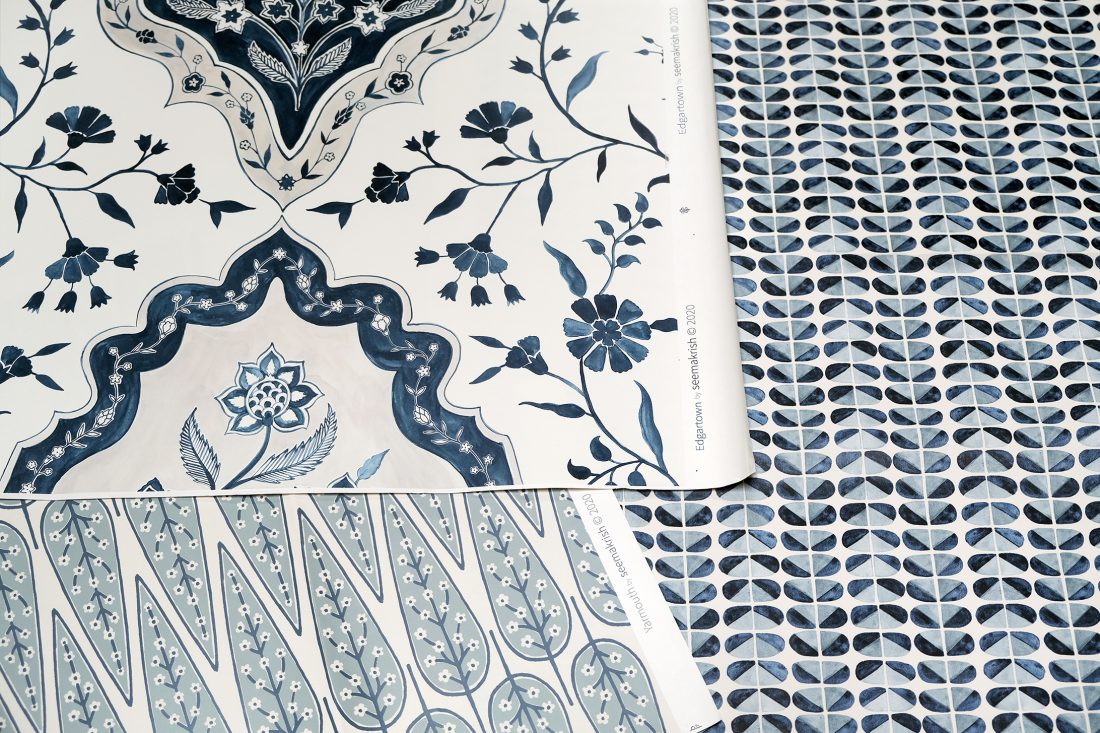
For me it’s Beacon, in the blue color. Seaport blue dark is my favorite color.
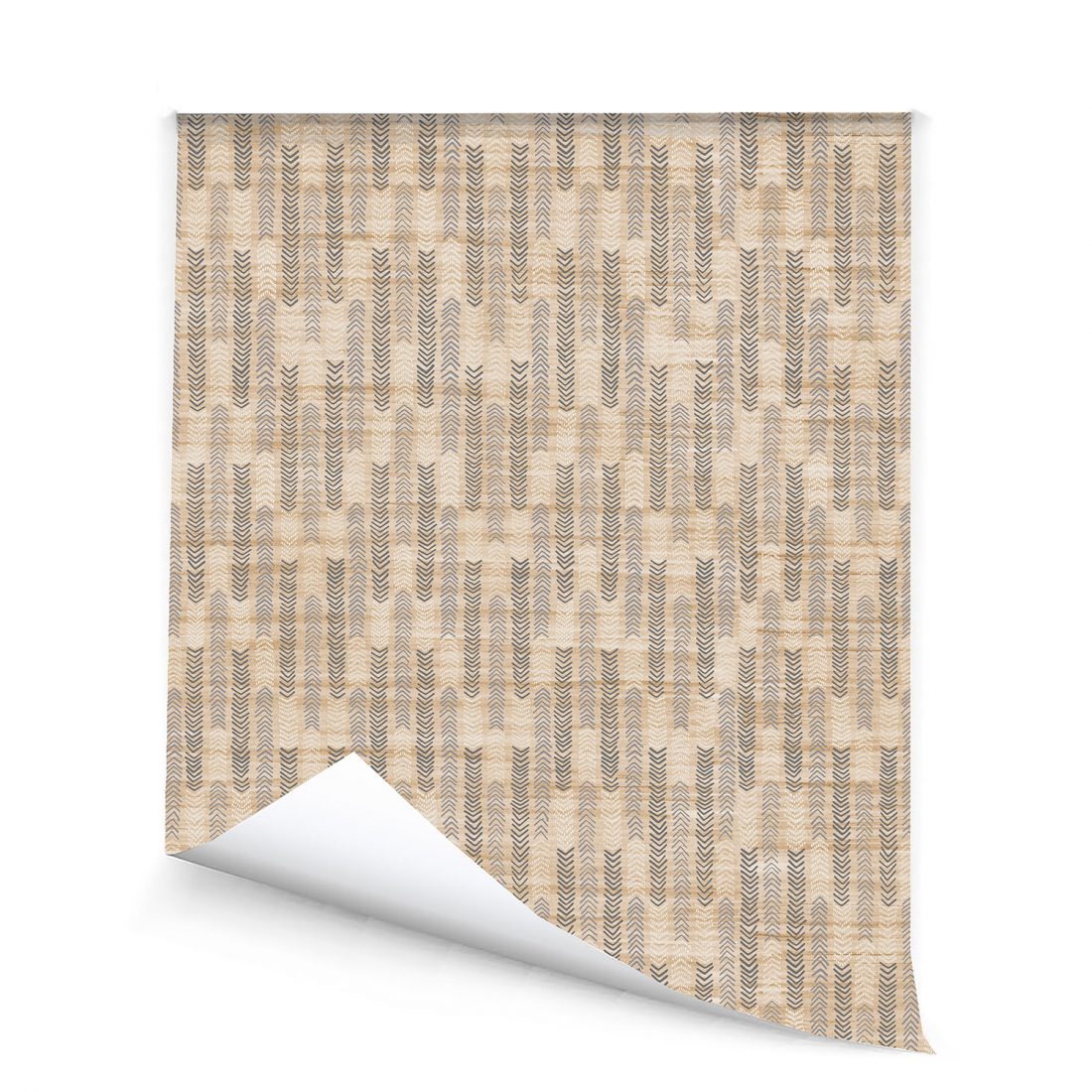
I also like the pattern that you have behind you as your zoom screen.
Seema: That’s our pattern Chowpatty as wallcovering and the artwork was created using your beautiful watercolors.




